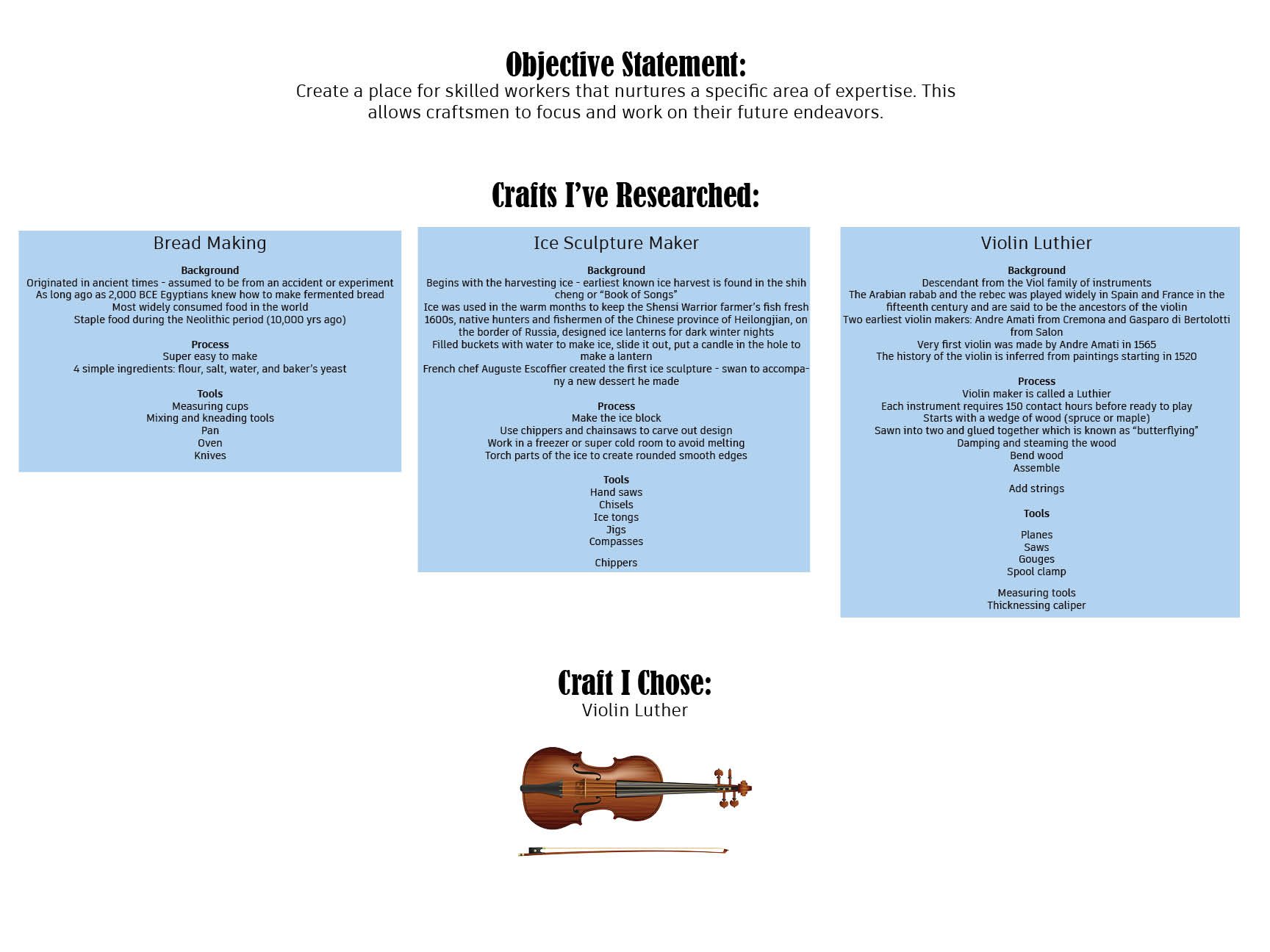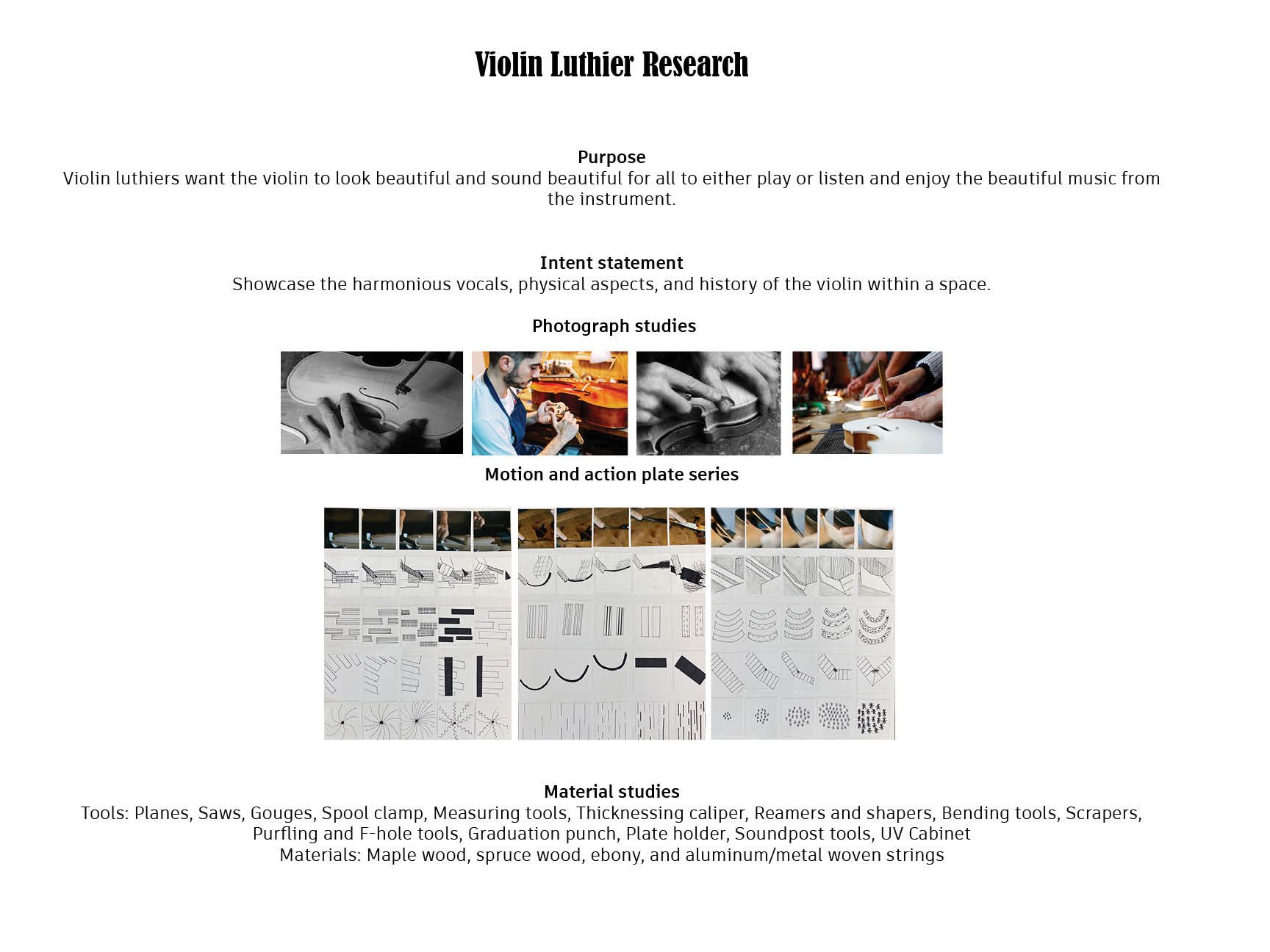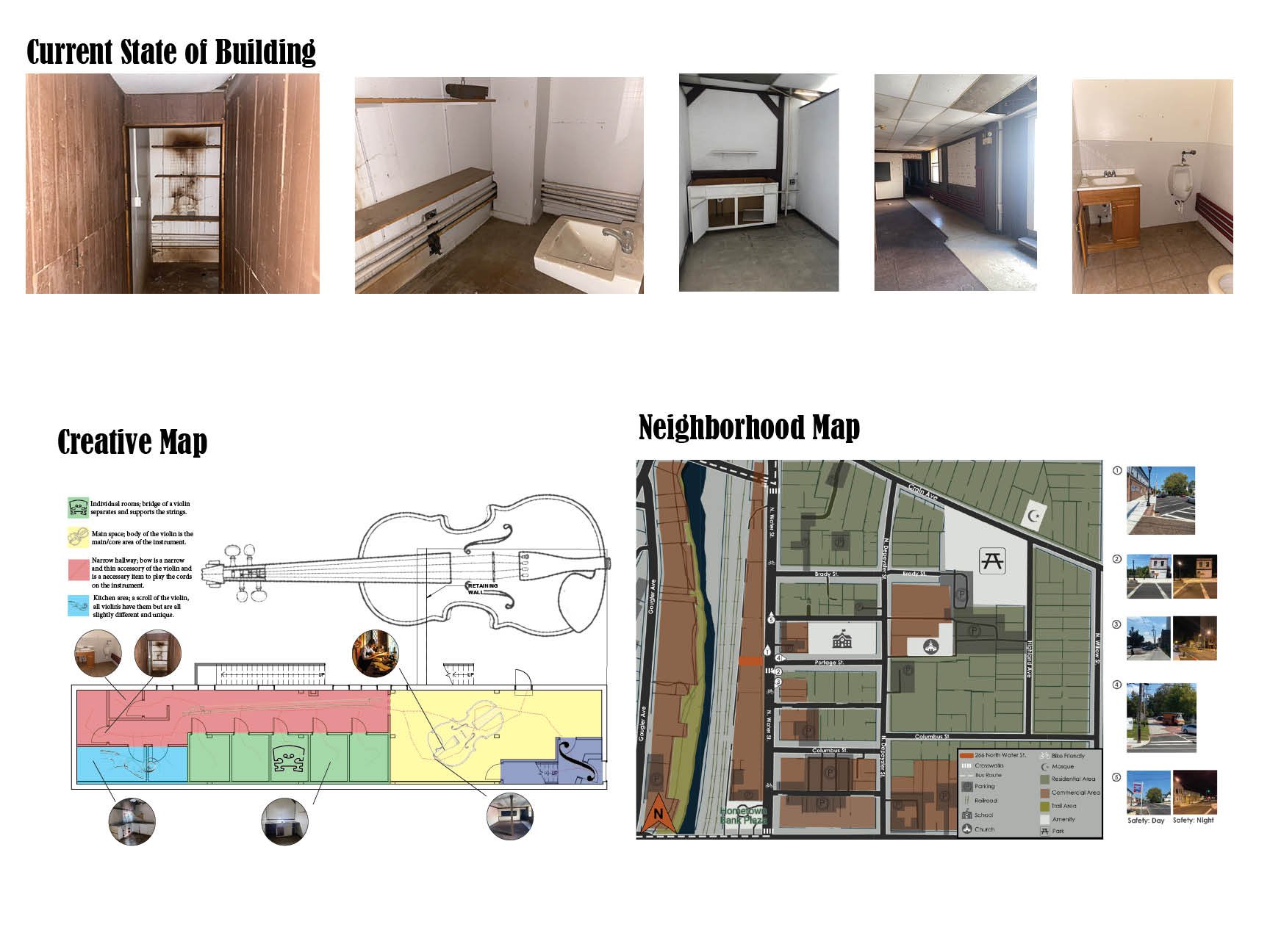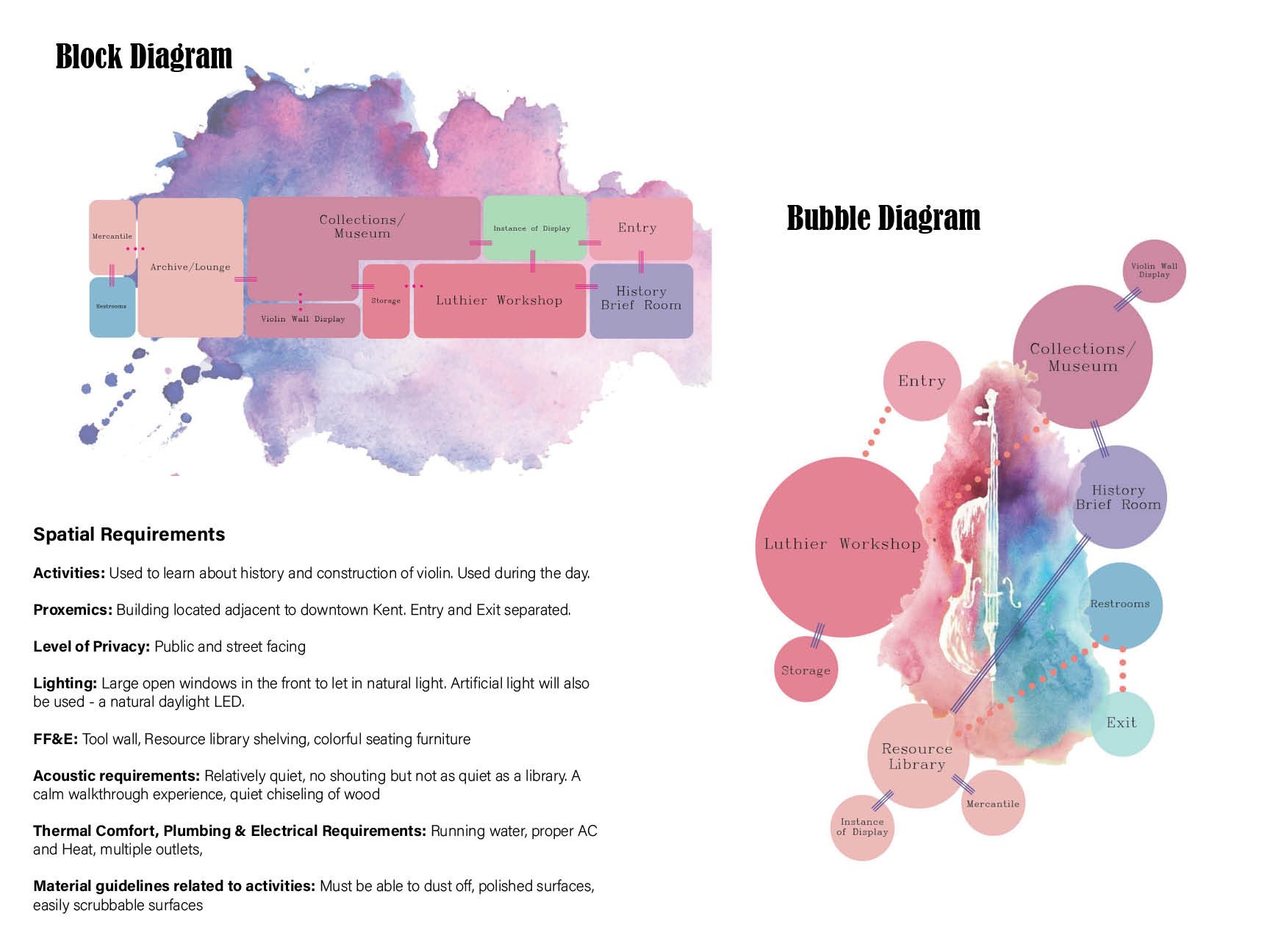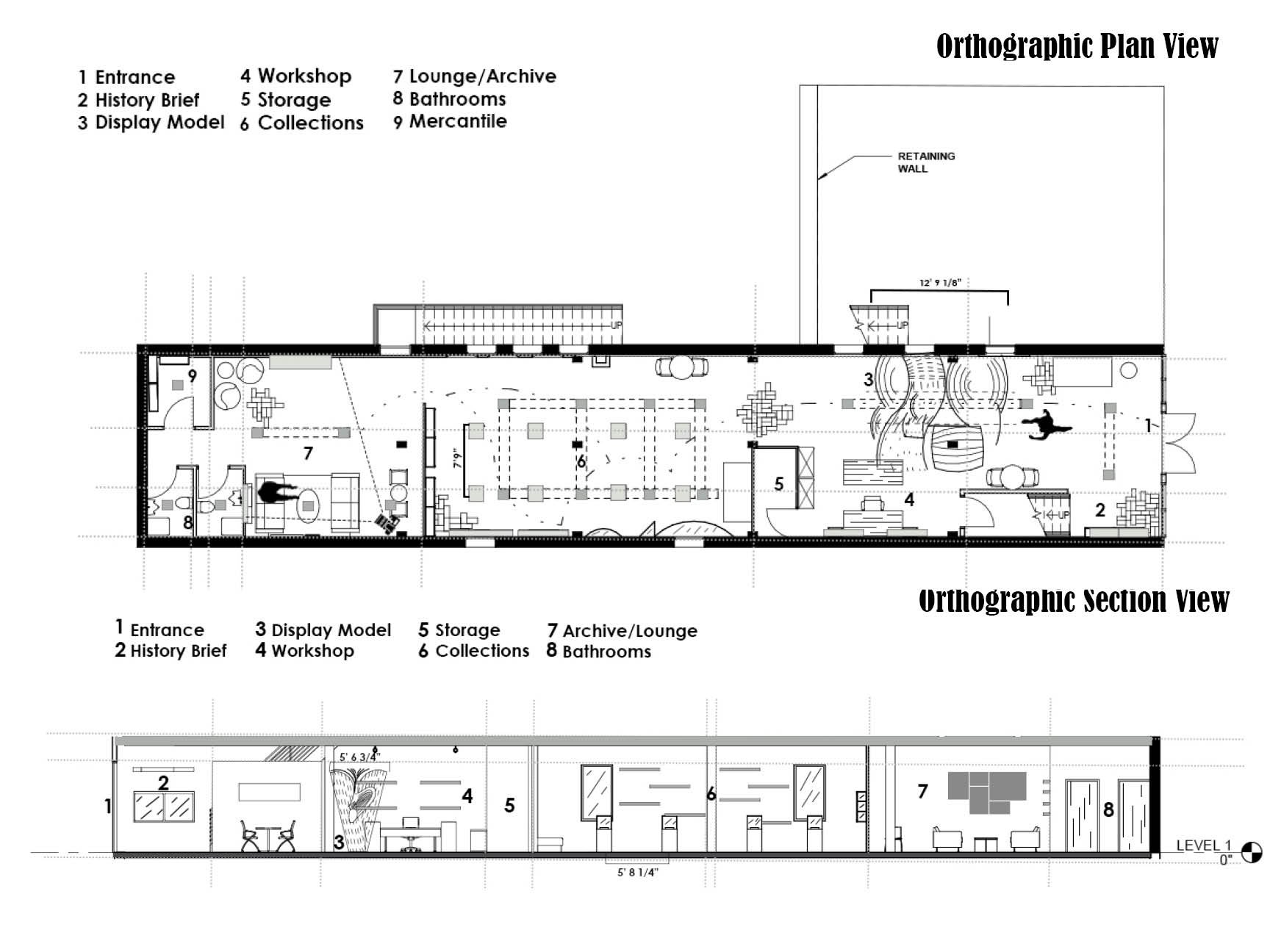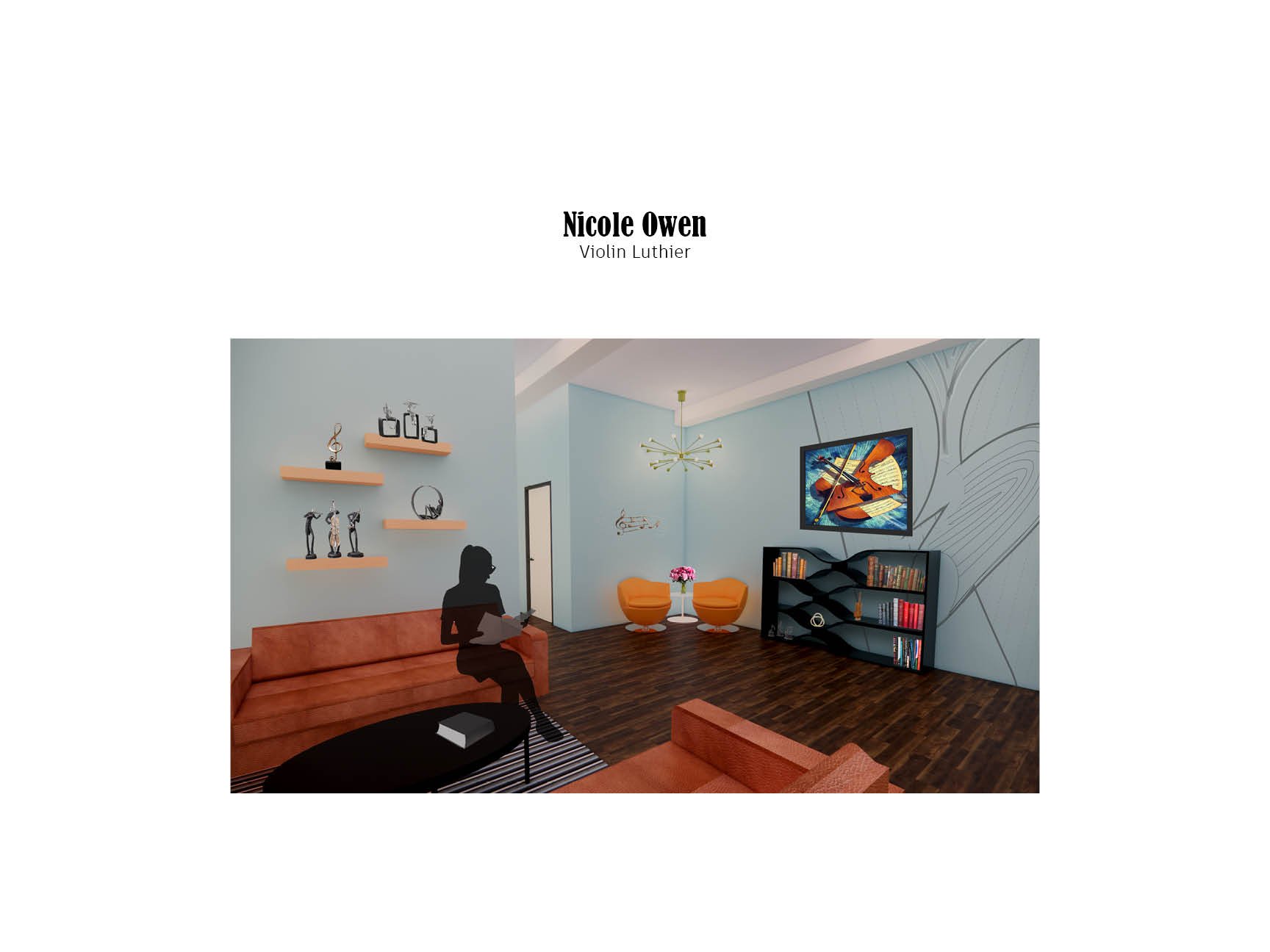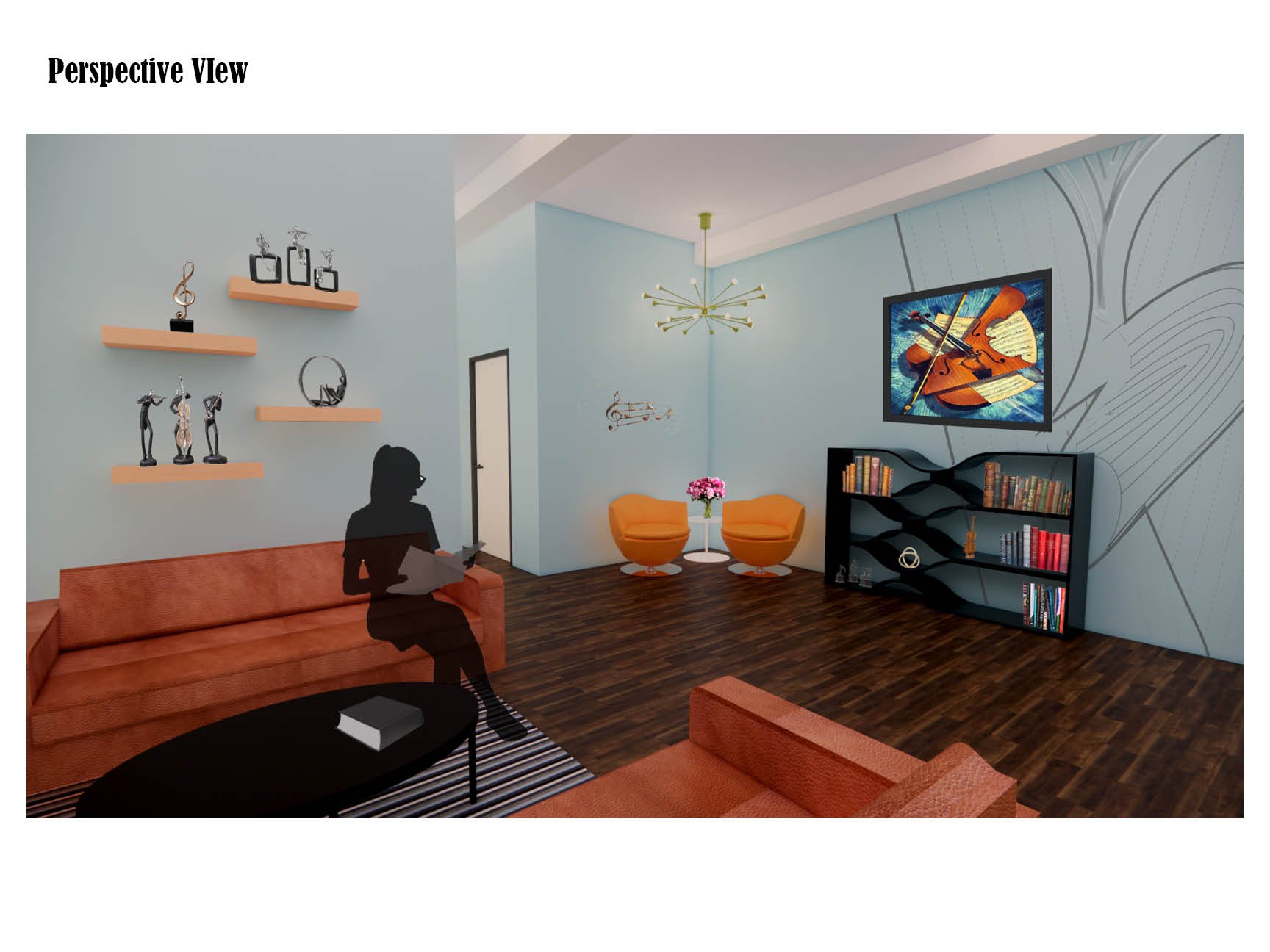Professor Andrea Sosa Fontaine
In this studio, students were introduced to the processes and practices of interior design. The studio moved through a series of three projects, each building on the previous. Students explored what makes an interior and how interior space fundamentally begins on the inside, with bodies. Students began the semester by selecting a maker, fabricator, artist, or knowledge keeper. Through studies of human interaction, postures, intent, and tools, students created three-dimensional representations for the practices of making.
Through this research framing, students undertook their first site analysis of an existing interior space, located in Kent, OH. Students carefully documented existing spatial qualities, including details, dimensions, light, atmosphere, and neighborhood. As a response to their site visit, students replicated an existing detail as a three-dimensional model, which would later inform the design in their final project.
In Project 3, students used their studies of making, to develop a Library of Practice(s). The purpose of the library was to extend from the intention behind the practices of making. Students were asked to reflect on the history of libraries and speculate on the role of the library in the future. They considered ideas of placemaking and community ownership. With an outline program of Display, Making, Archive, and Rest, students considered relationships between body, object, and body and space. They carefully crafted spaces with an atmosphere rooted in practices of making.
Sean Kirby
Library of Practice(s)
Chicano style tattooing is the visual expression and ink body art of political disenfranchisement, happiness, and difficulty, deep-rooted in Roman Catholic beliefs, street life, and culture, in an aesthetic and superficially two-dimensional black and gray design on a three-dimensional canvas that is the body.
266 N Water Street has been developed into a community space intended to bridge the gap between the inspiration behind a tattoo design given by an individual, and the design created by their chosen tattoo artist while simultaneously curating an eclectic collection of tattoo art in a connected archive that is open to the public.
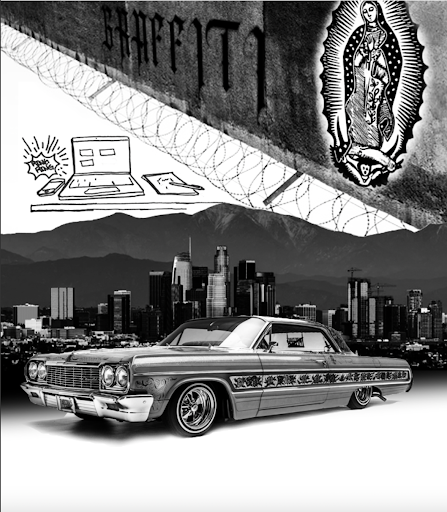
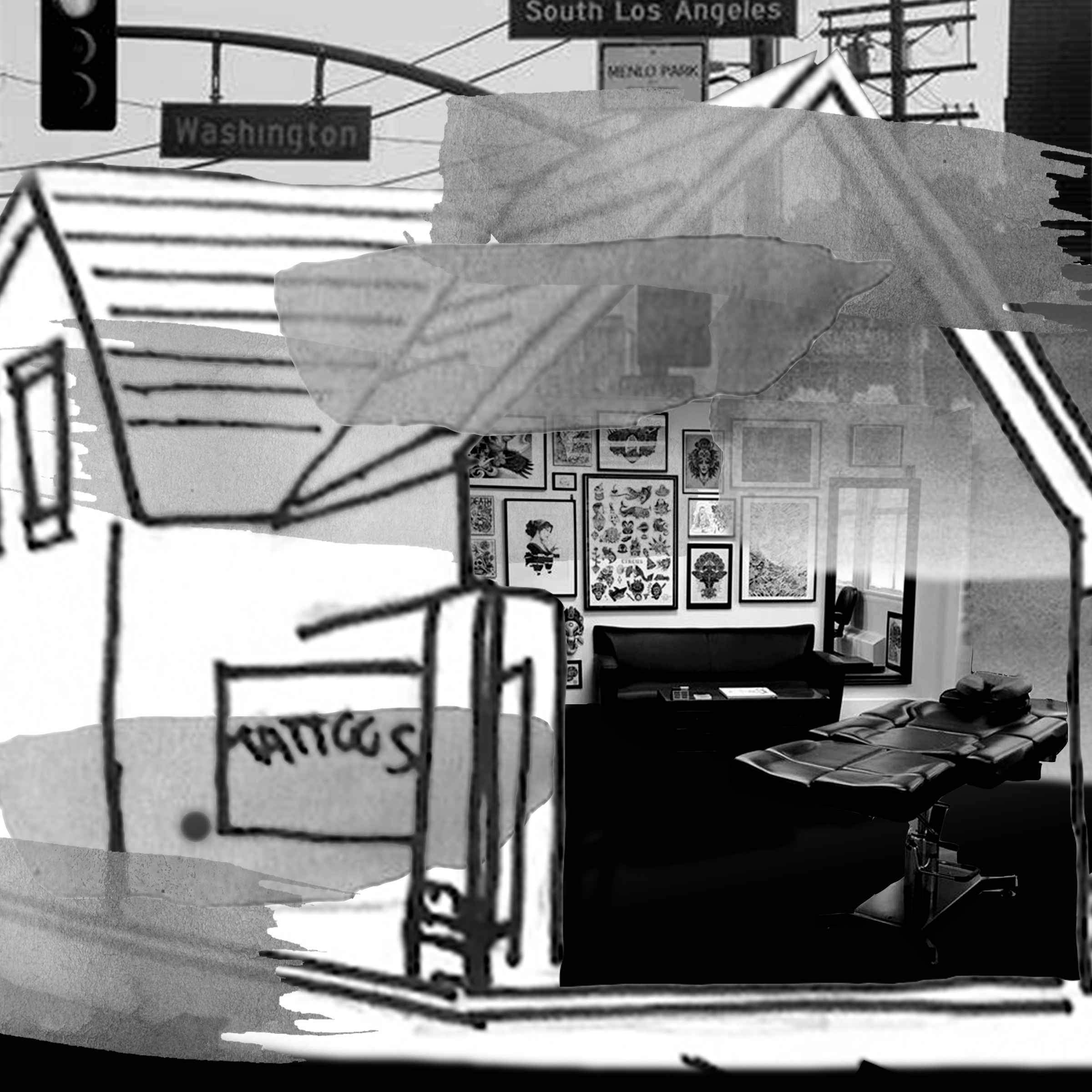
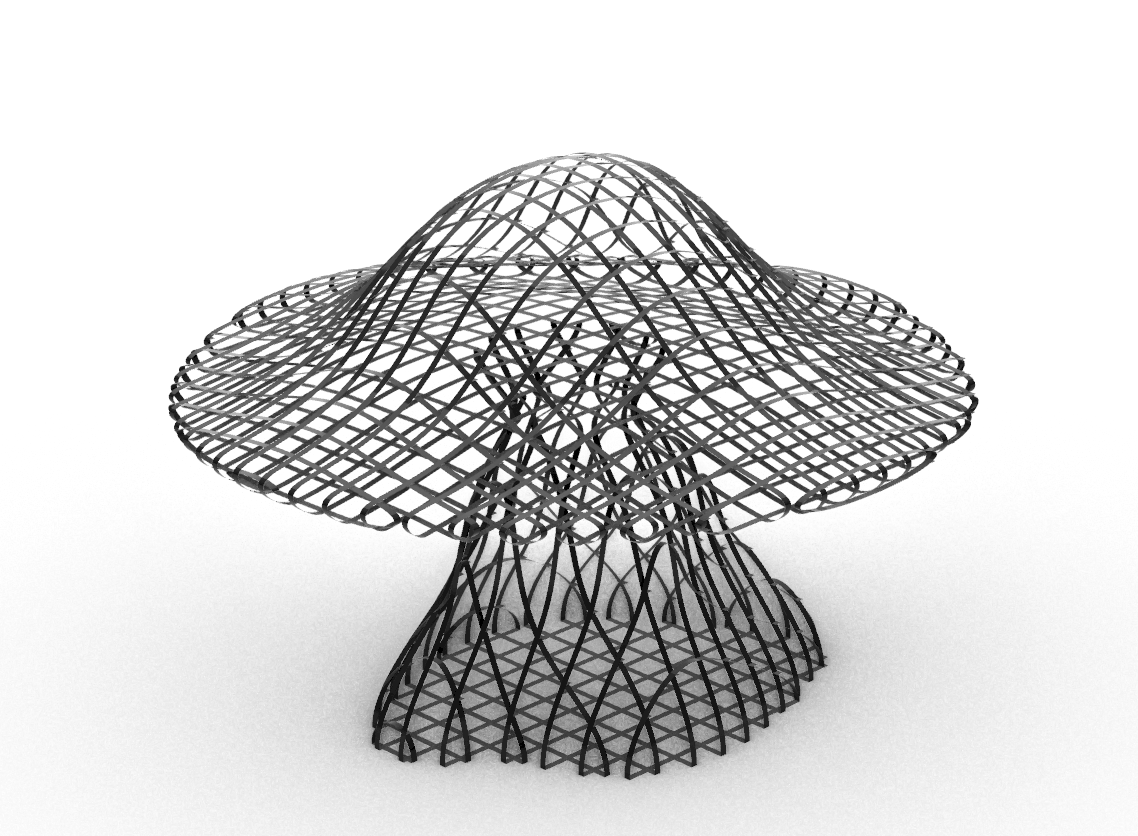
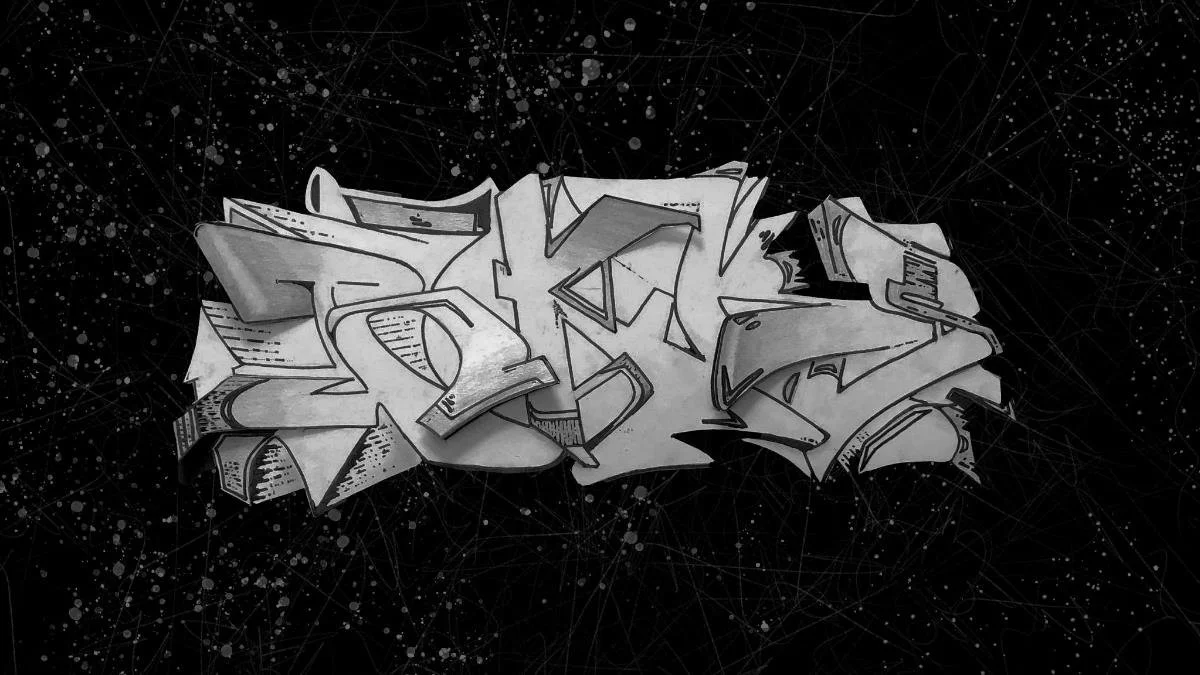
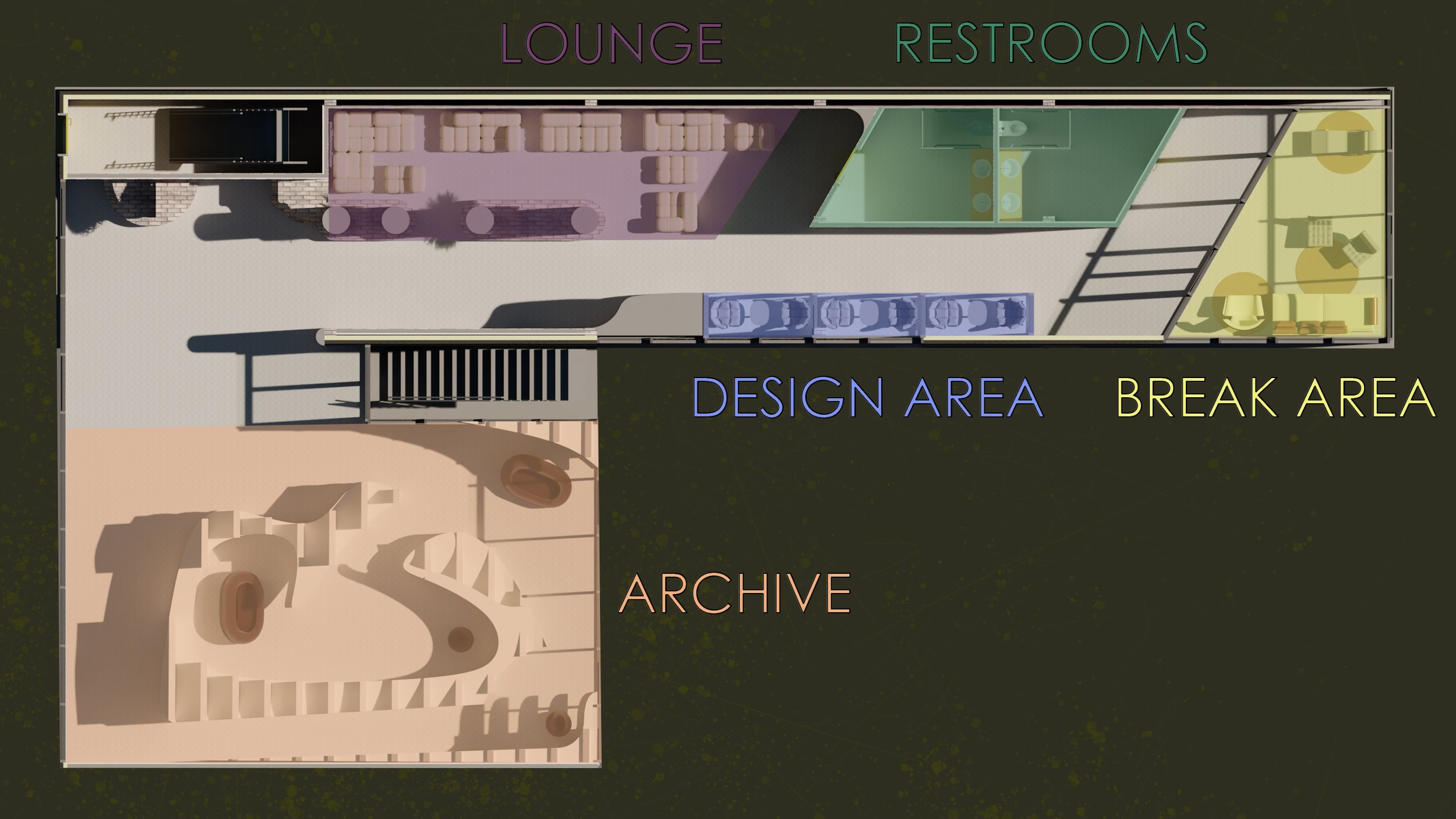
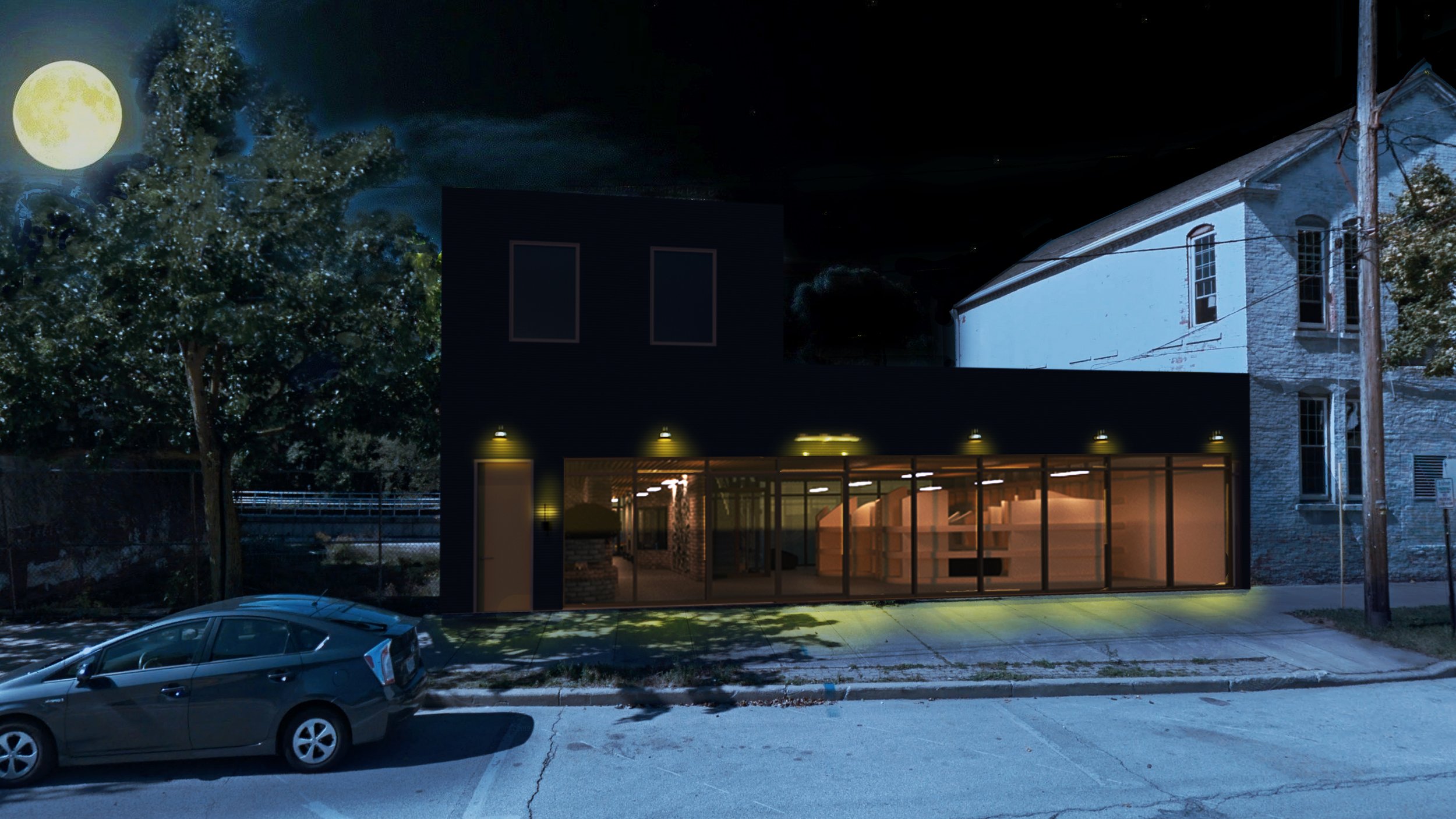
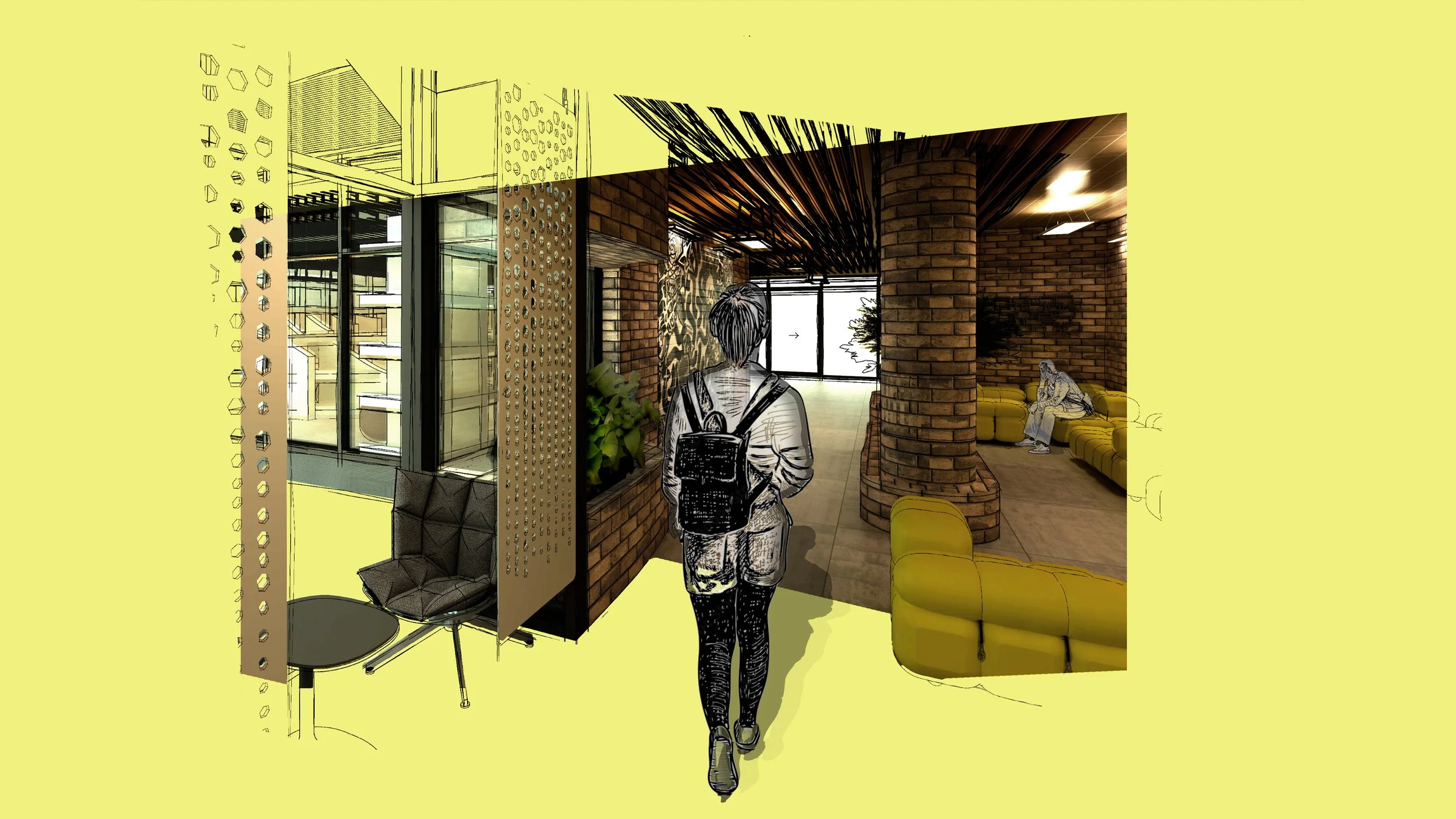
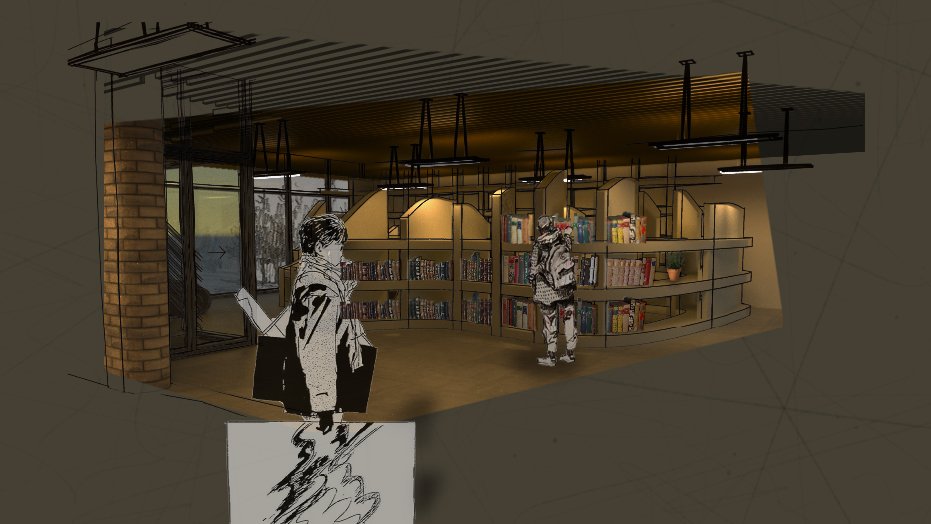
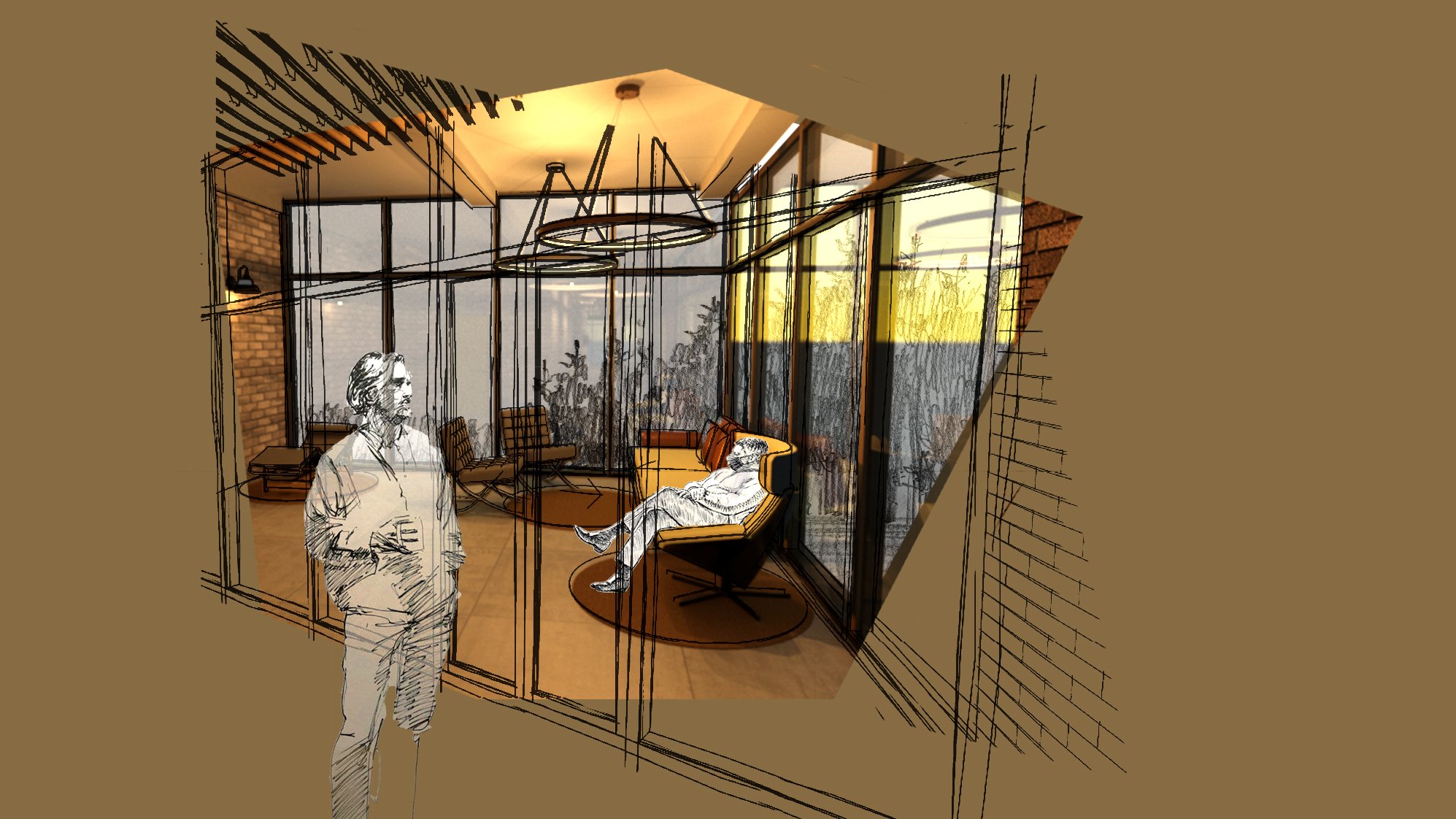
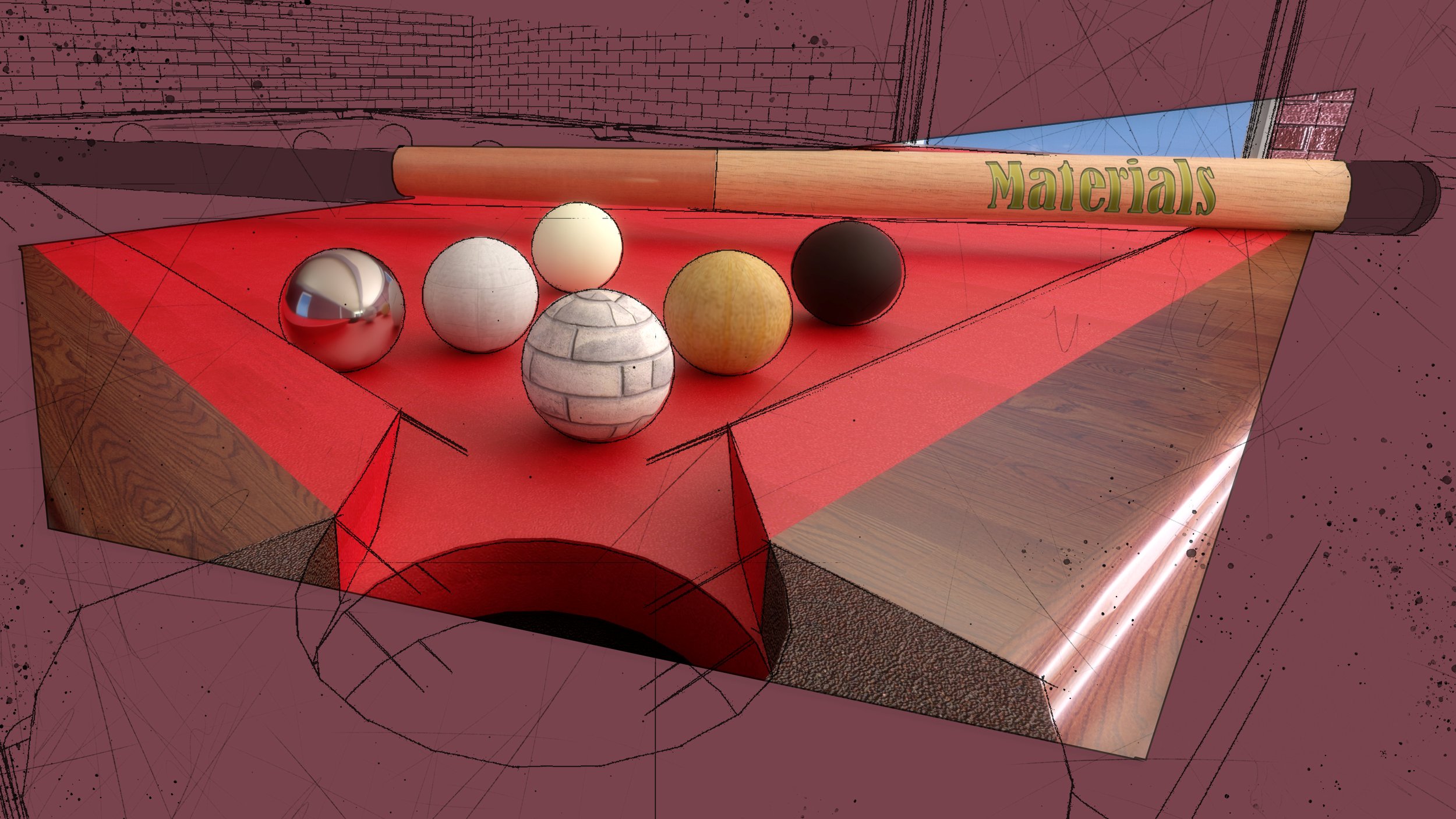
Stefan Kuljanin
Library of Practice(s) - Enter the Void
An interior that honors the practices of Dorodango: The door behind is closed, the film is in hand, and the only way to proceed is forward. The viewer would be greeted with the unfamiliar. As they develop the photo, the elements of space will have the viewer reflect on themselves, and their lives outside the distorted walls. This new perspective will attempt to allow them to understand themselves in a way not previously understood. This can happen through the development of photos and self, or through sharing the failed photos and experiences in the community areas.
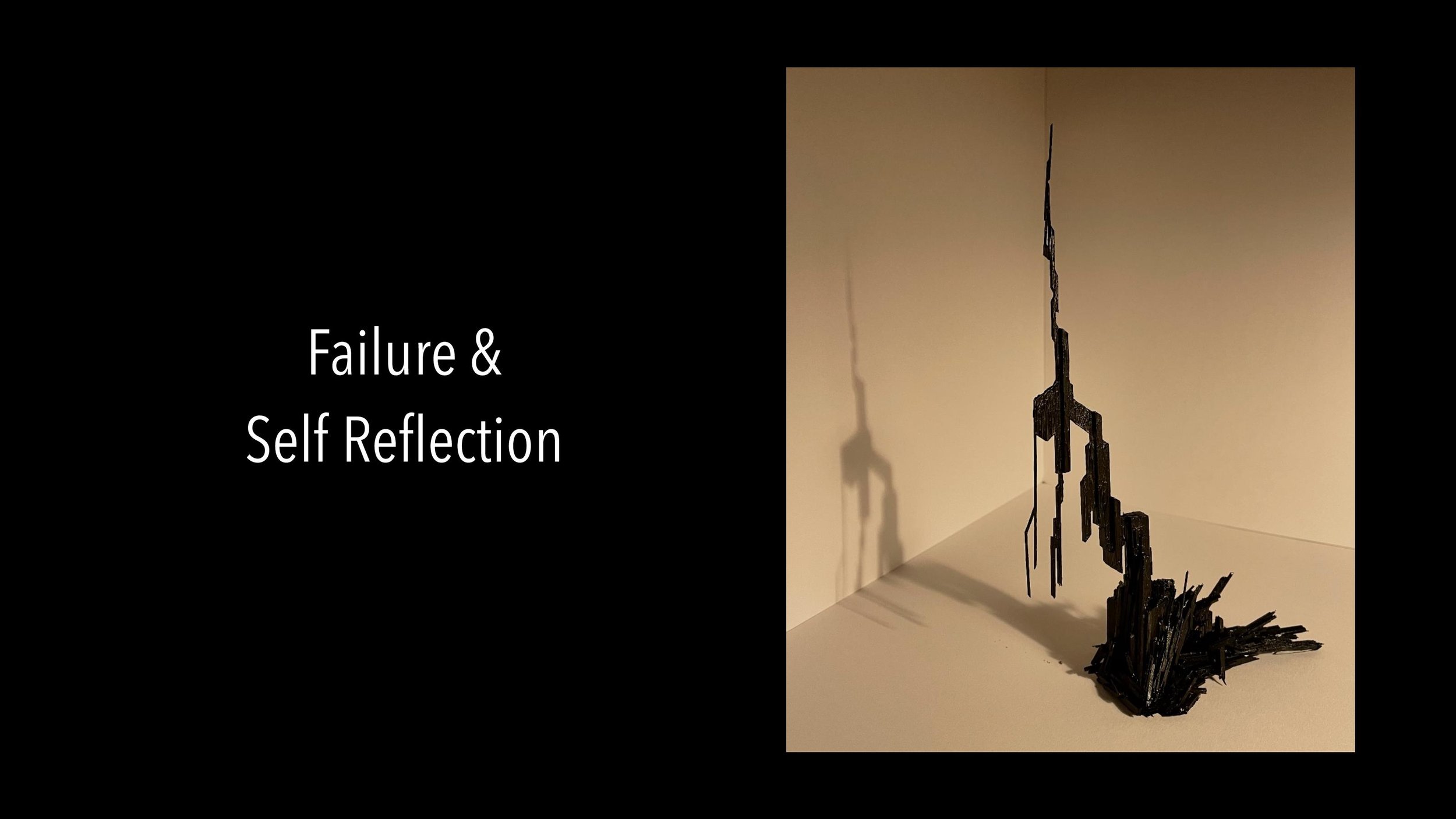
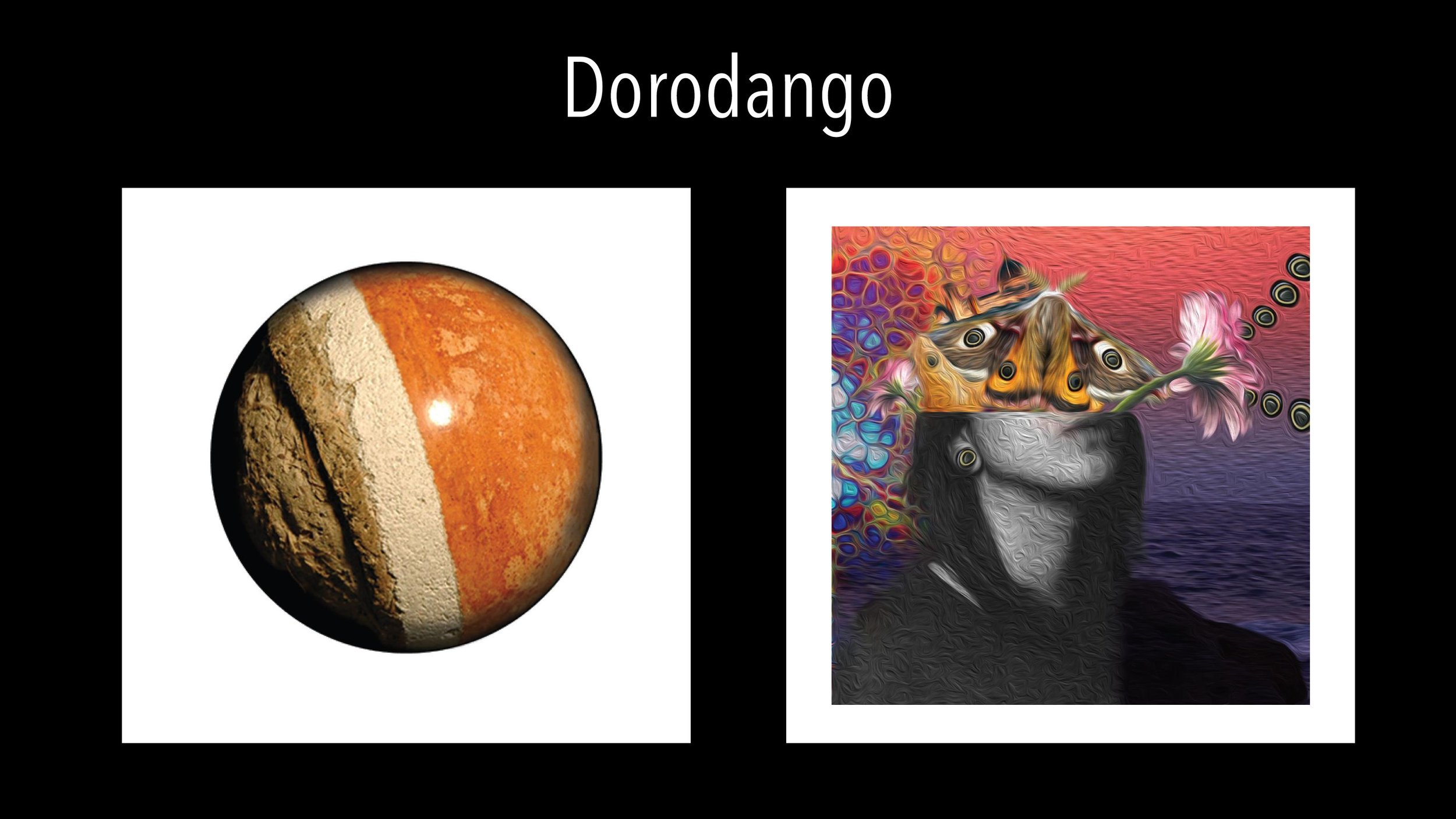
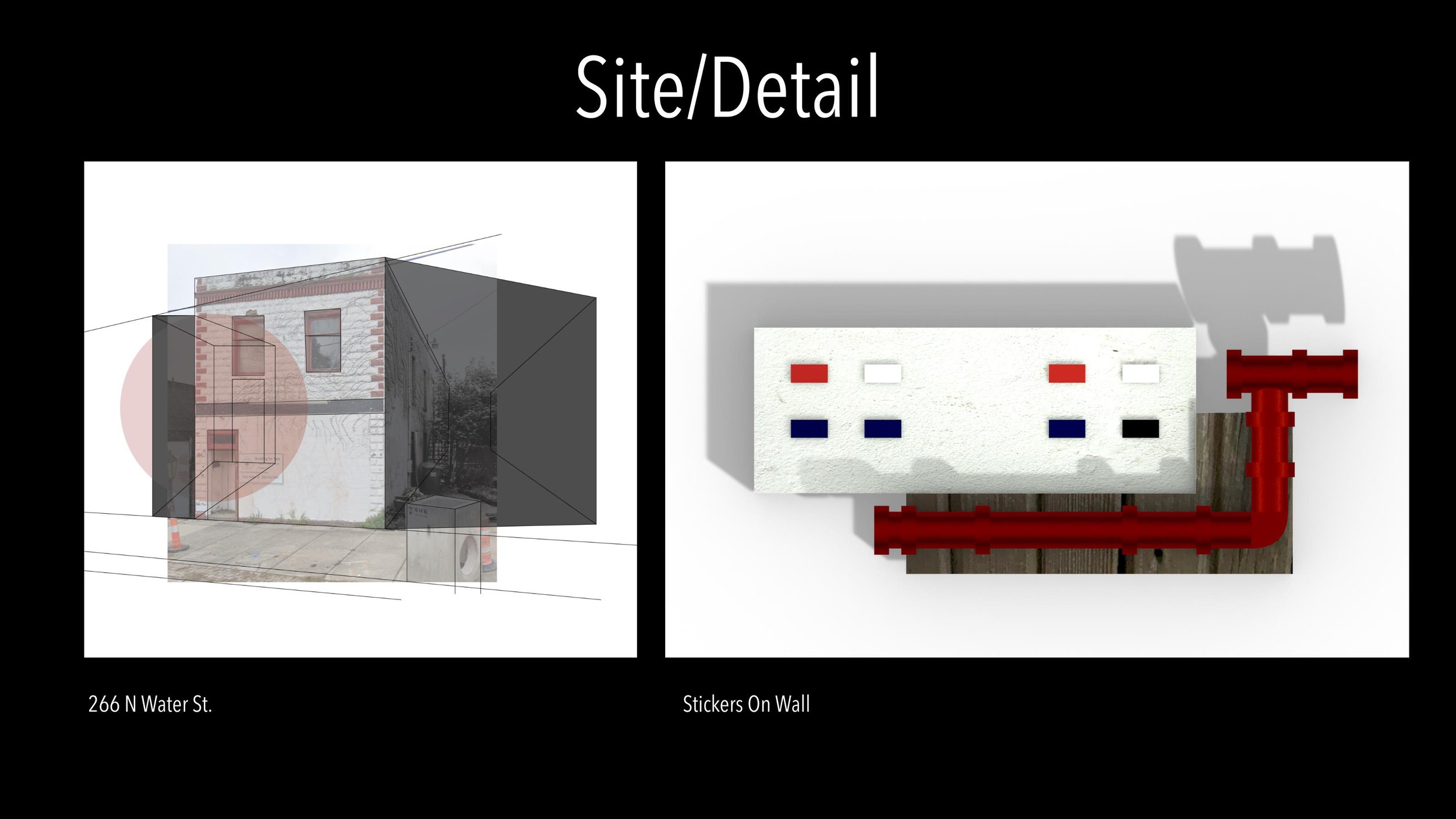
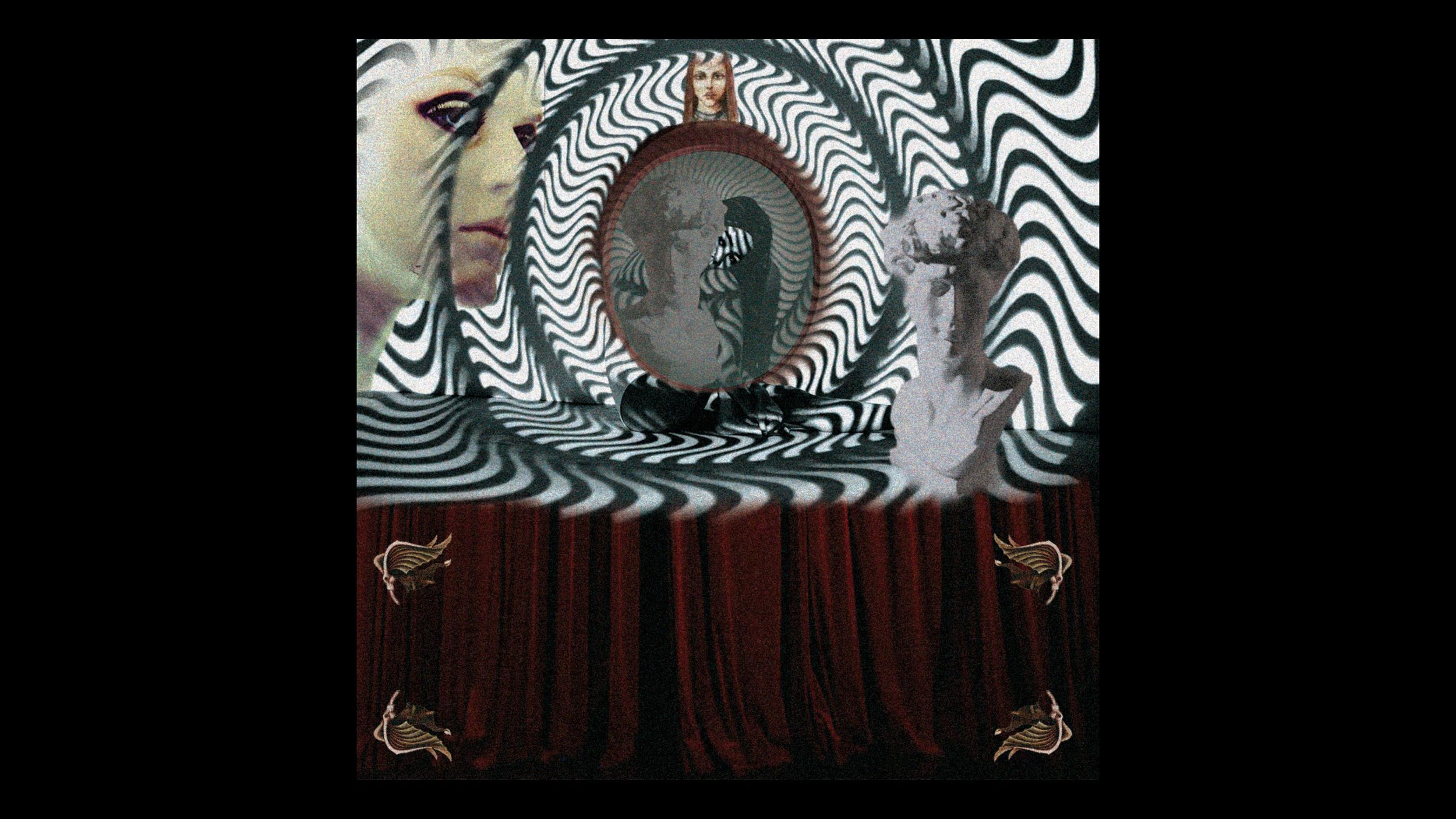
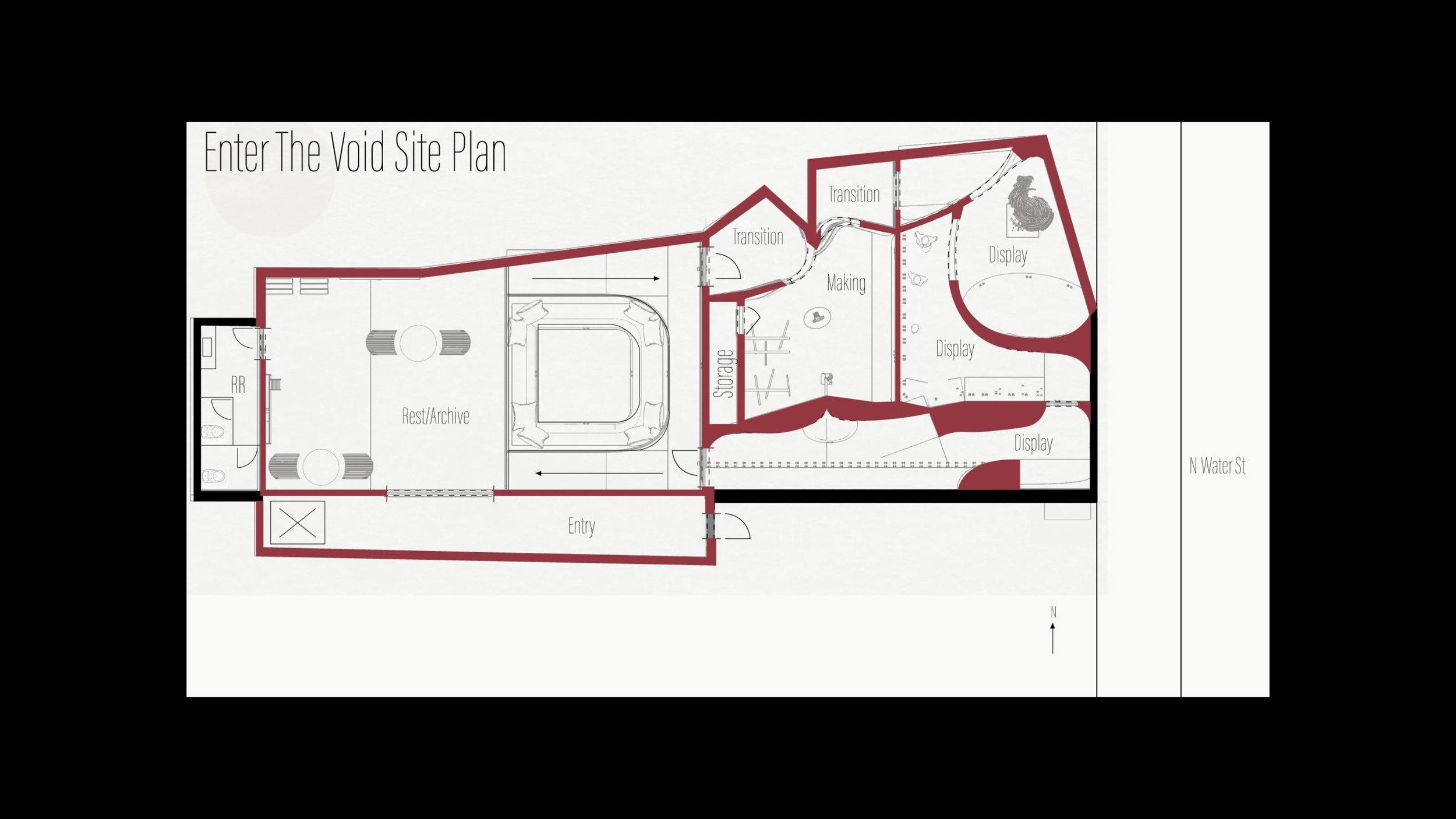
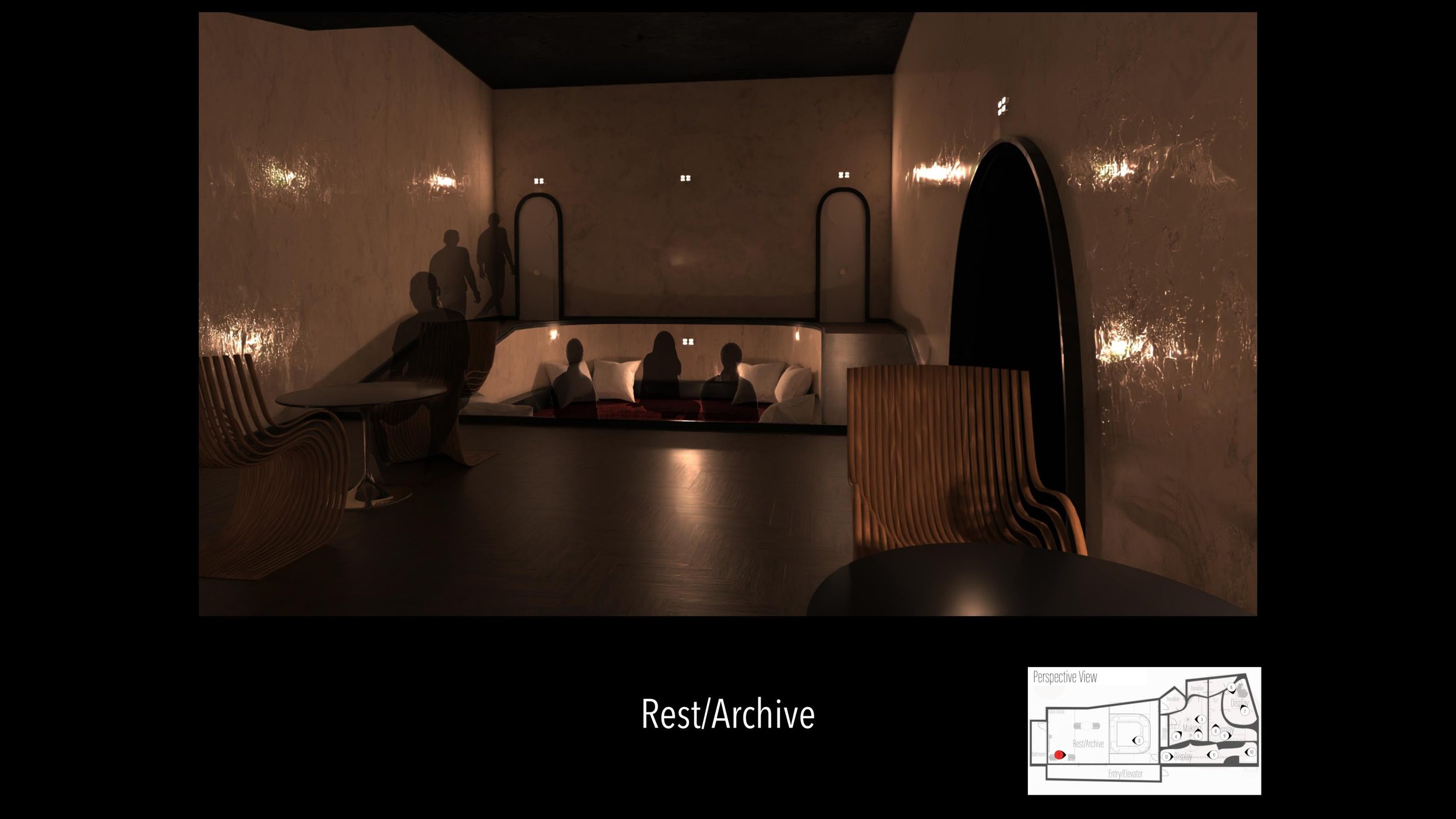
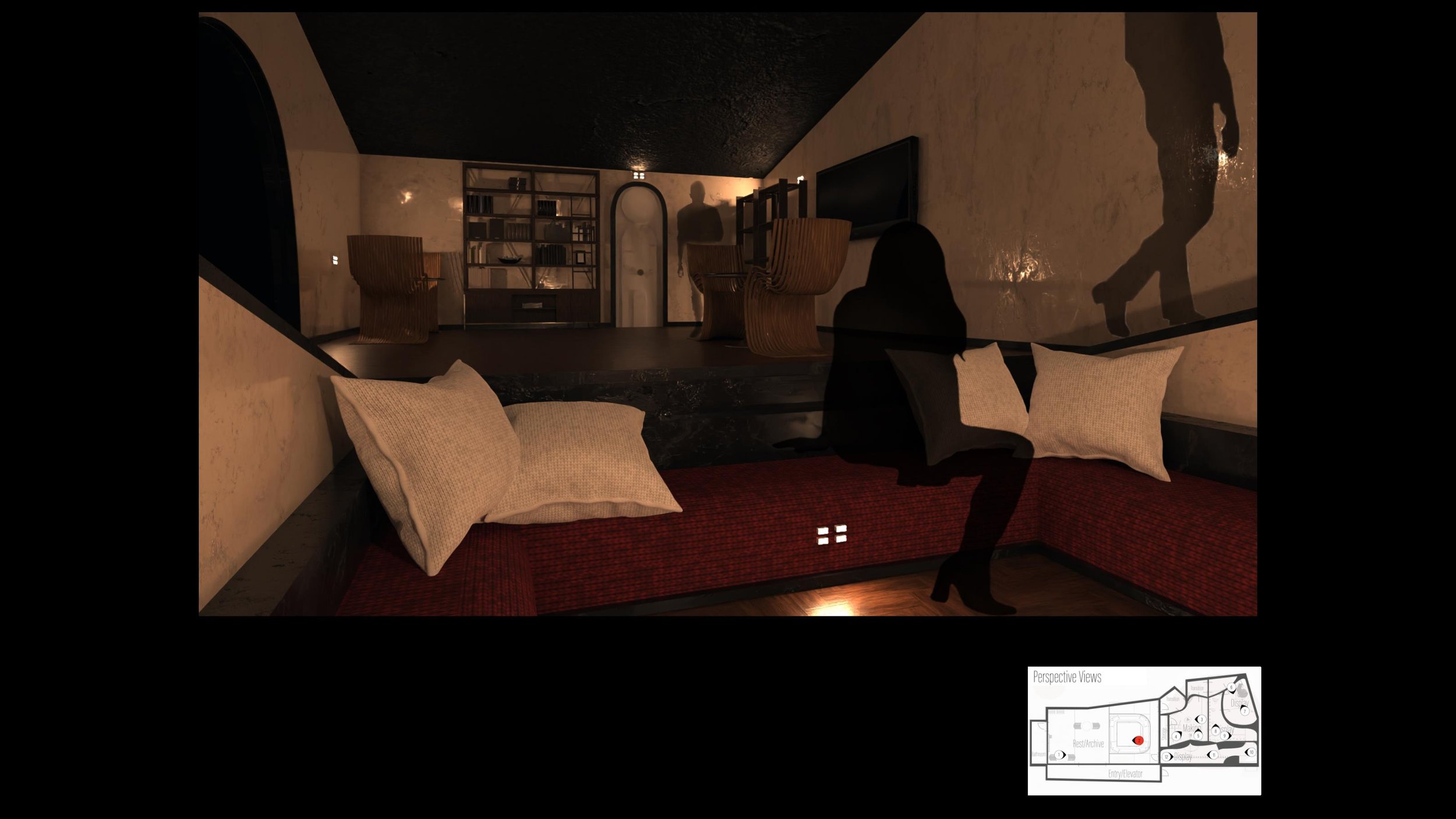
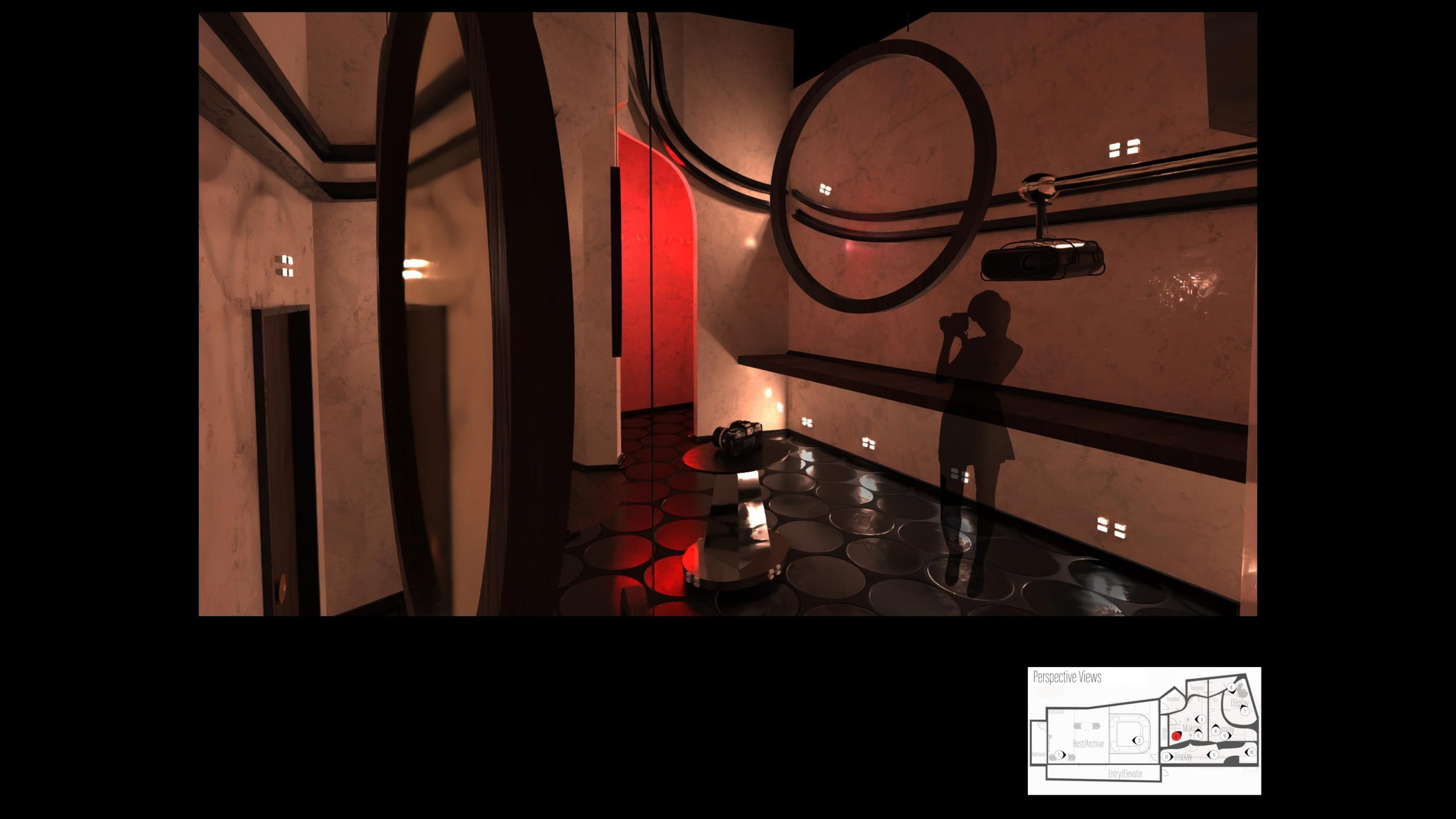
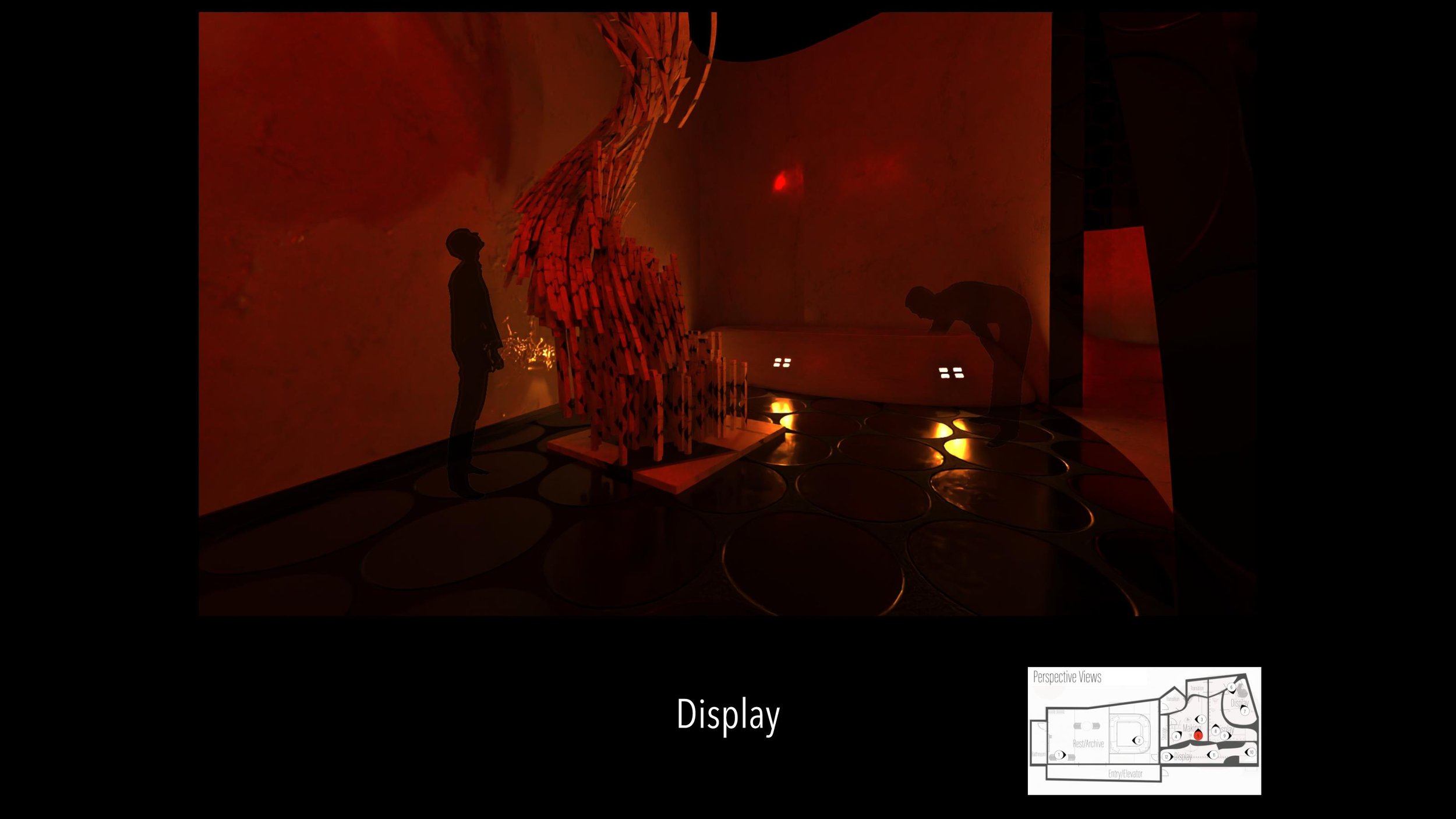
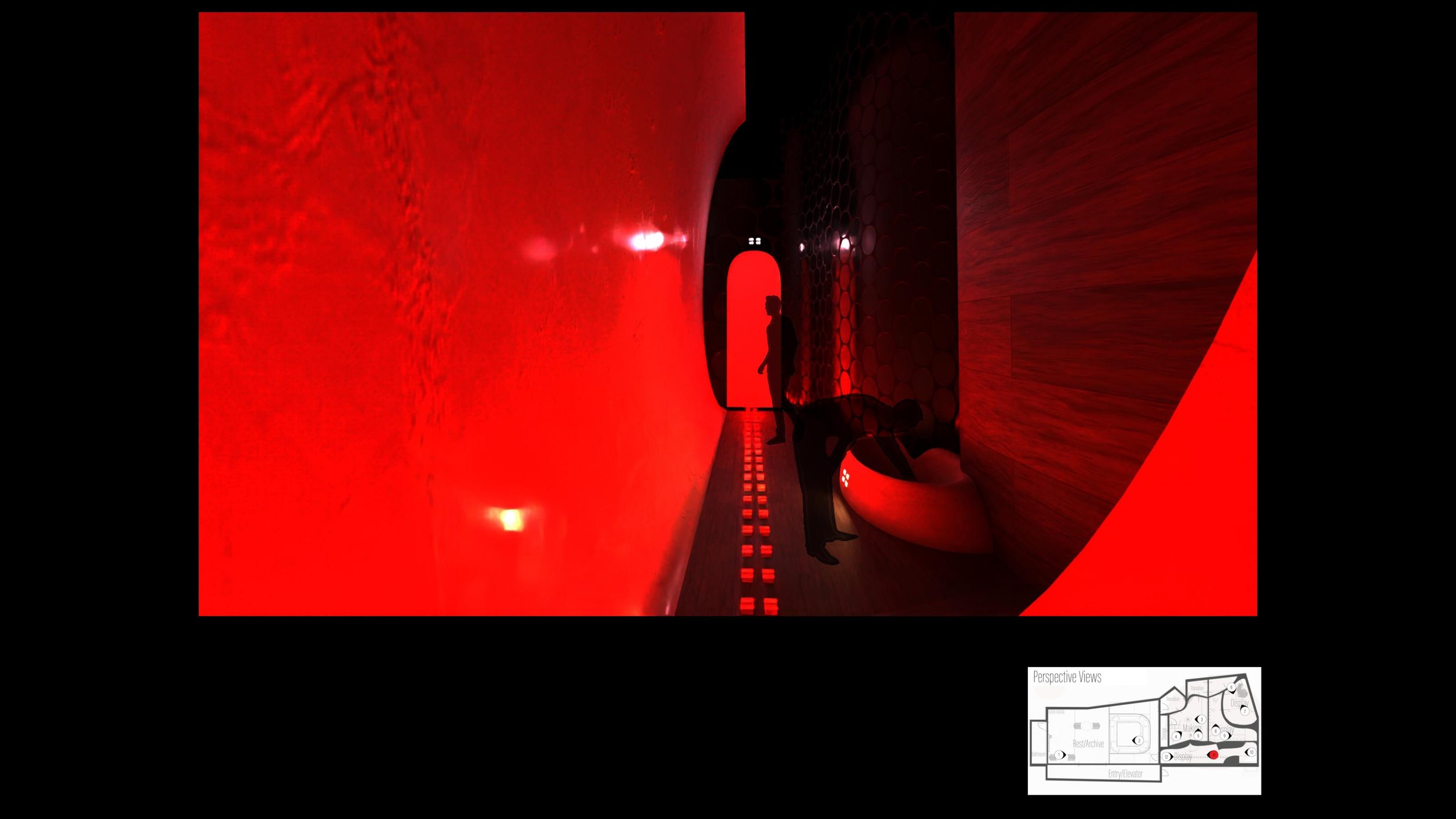
Lauren Reckner
Library of Practice(s) - Studio Distortion
Yokota’s process of photography explores the concepts of time, memory, subjectivity, distortion, and the emotions provoked by these concepts. The most critical aspect of Yokota’s process is exploring the concept of memory and how to convey it. Yokota wishes “to portray memory; what we remember, as well as what we don’t... I can visualize invisibleness or things I don’t remember through those changes.” Yokota works with heavy distortion and unpredictable natural influence to achieve a focus on not just the subject of his images, but the printed photo itself.
Informed by Yokota’s practices, the library provides a space to explore the practices and philosophy behind complex art forms. The interior fosters individuals to create, socialize, and support a developing local art community.
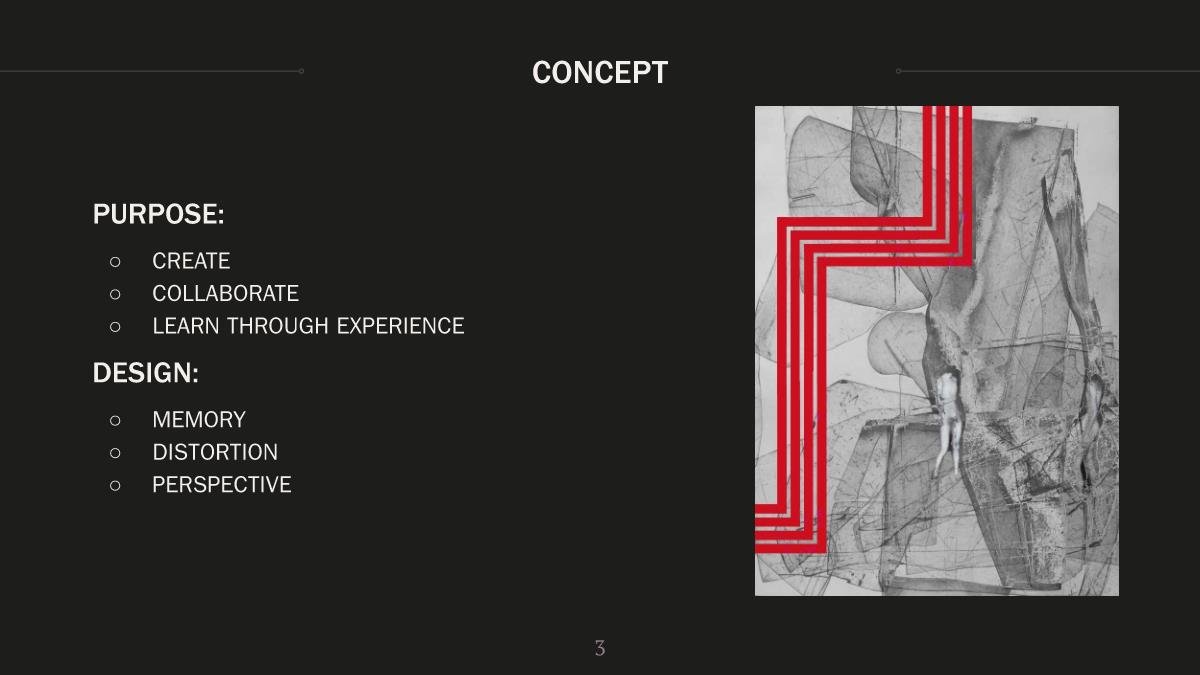
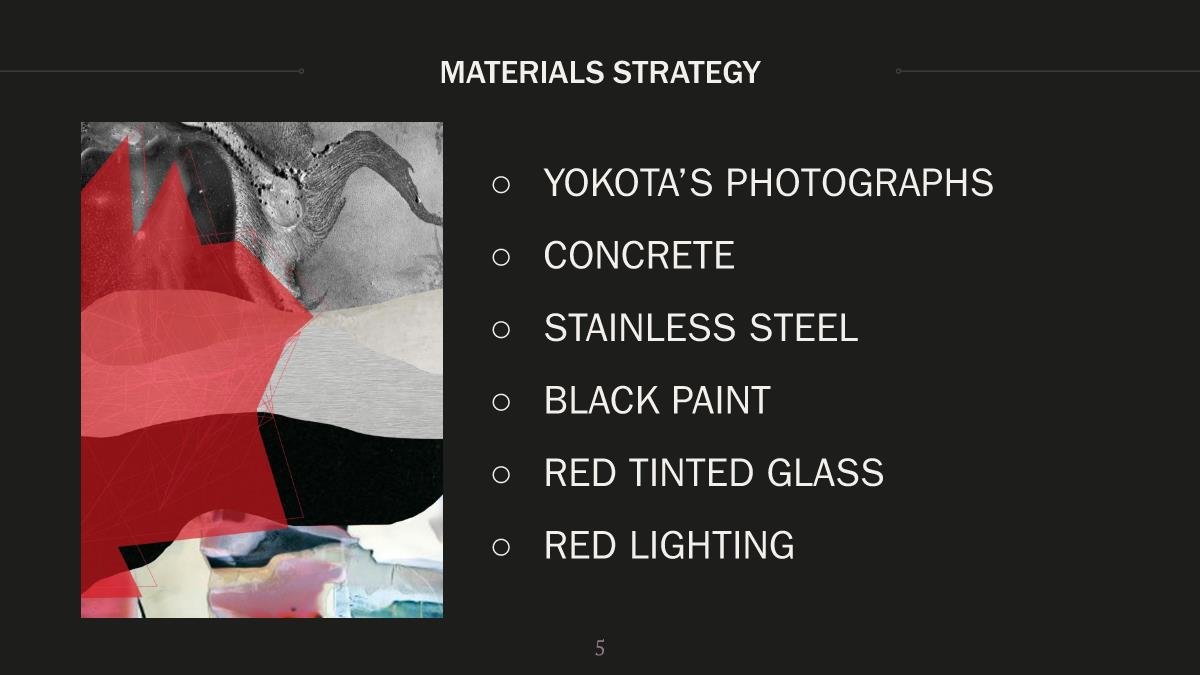

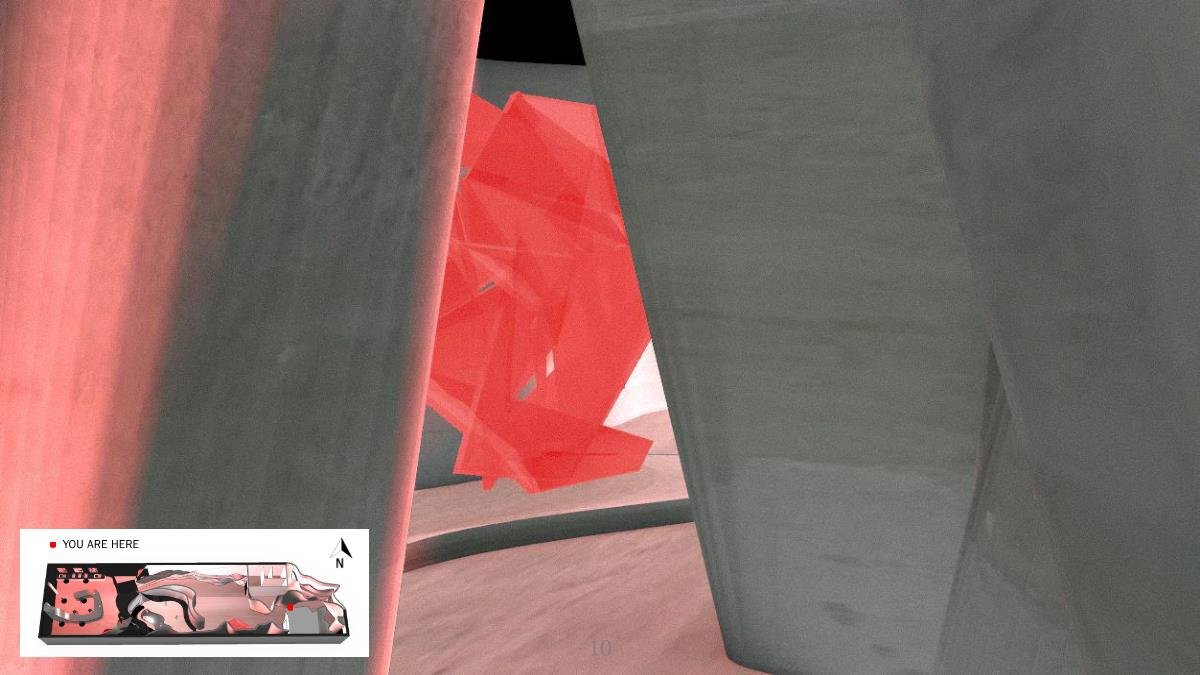
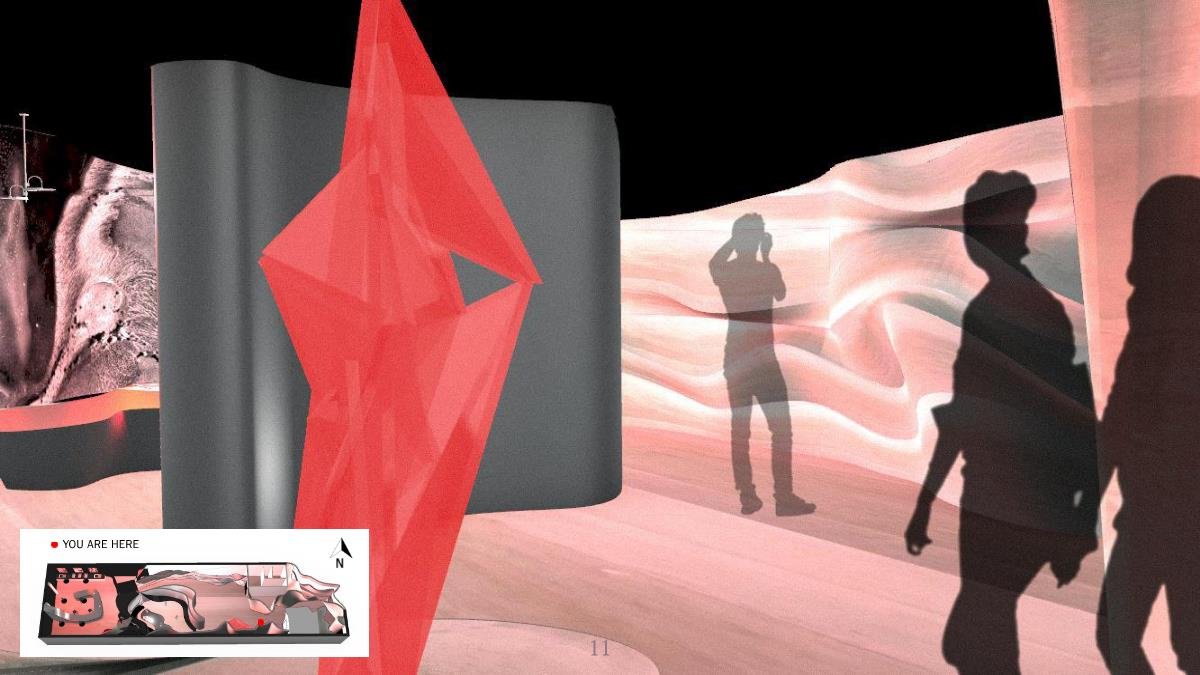
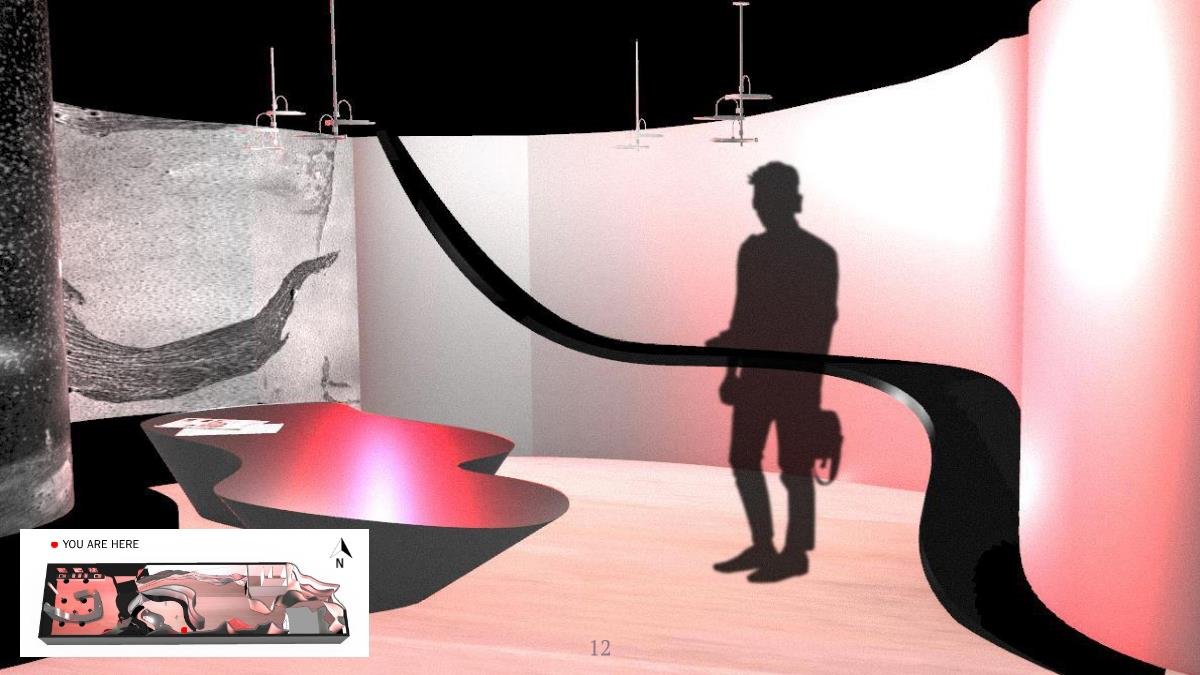
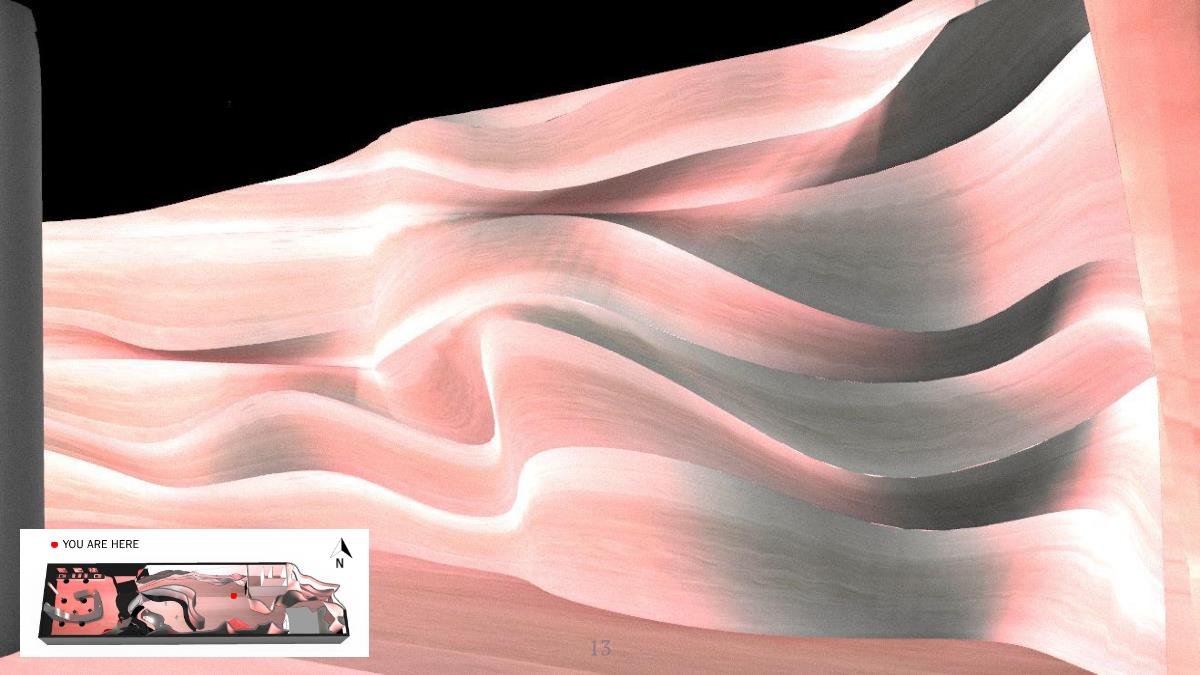
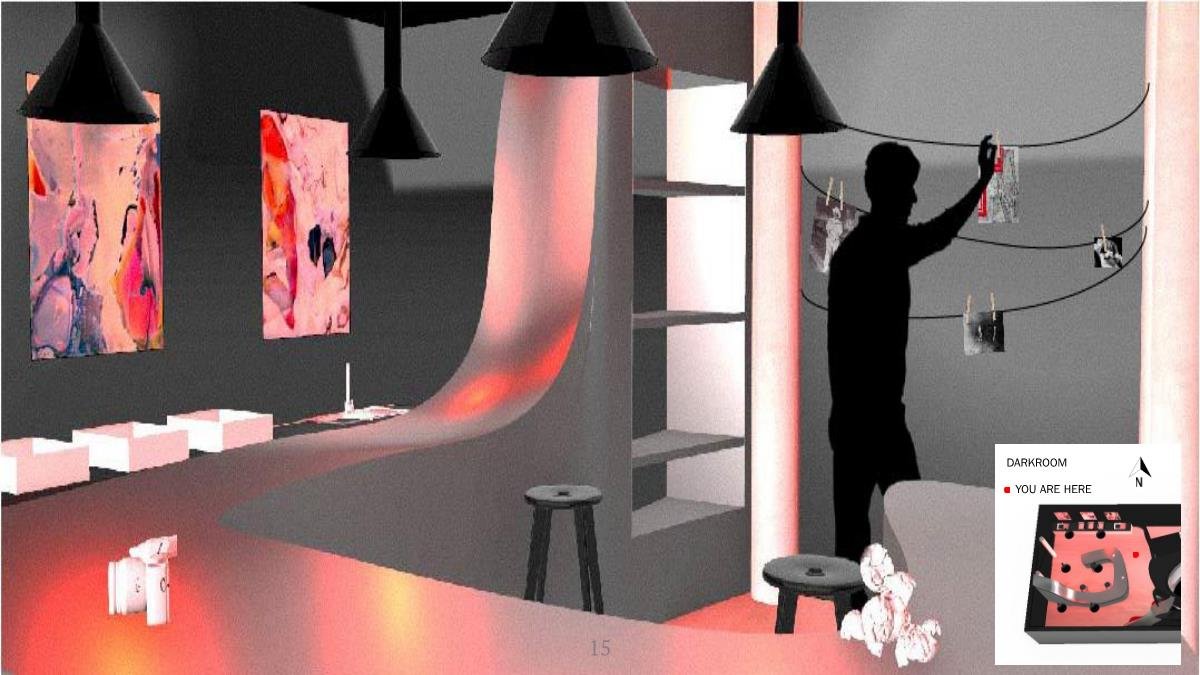
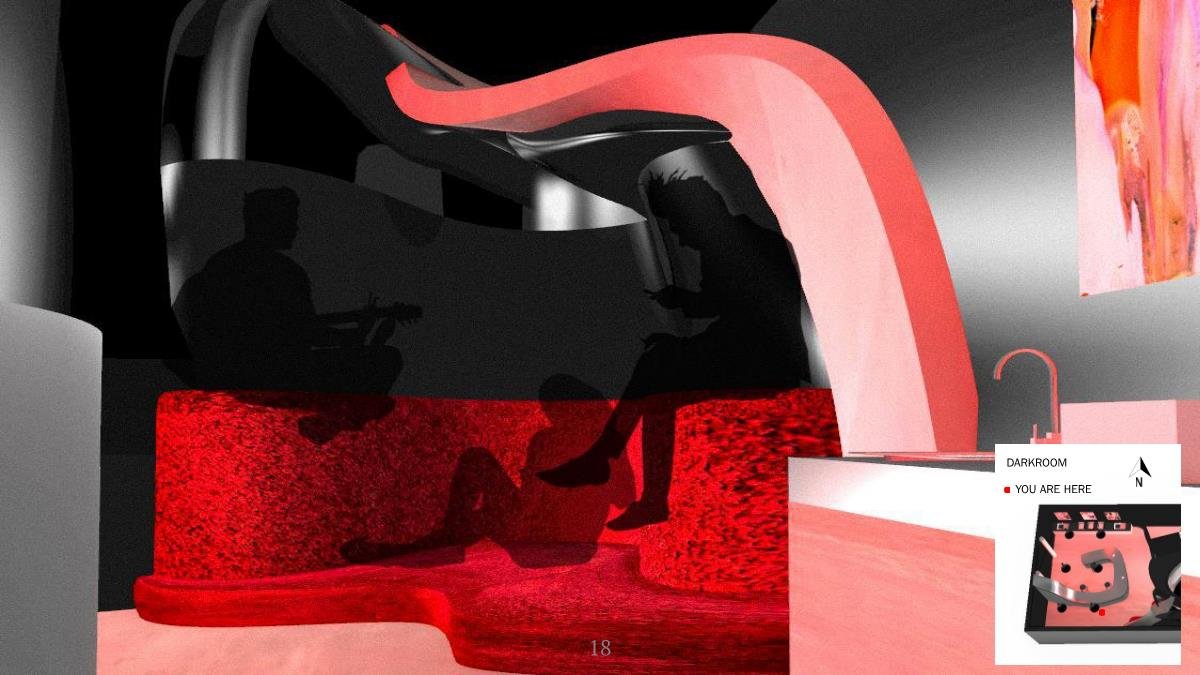

Emma Duckham
Library of Practice(s) - Practices of Making
Through Rochefort’s travels and personal encounters with Africa and South America, he developed a strong understanding of how climate change has impacted the world. Through the creation of ceramic sculptures that use additive and subtractive techniques, Rochefort’s making represents the drastic effects of climate change.
The Library of Practice will introduce artists and processes that reduce the amount of waste in landfills through engaging in a practice that reuses things that would otherwise be thrown away.
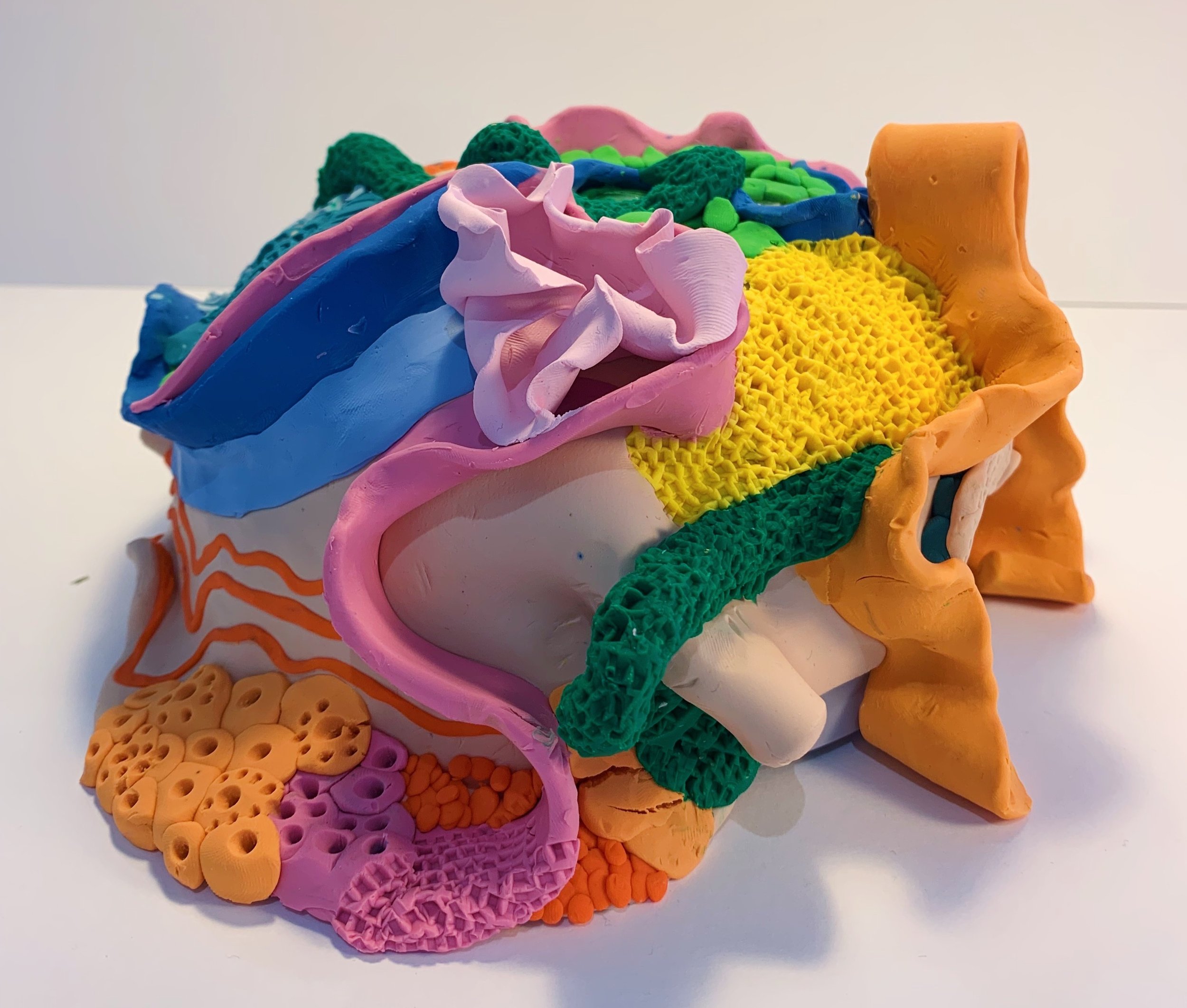
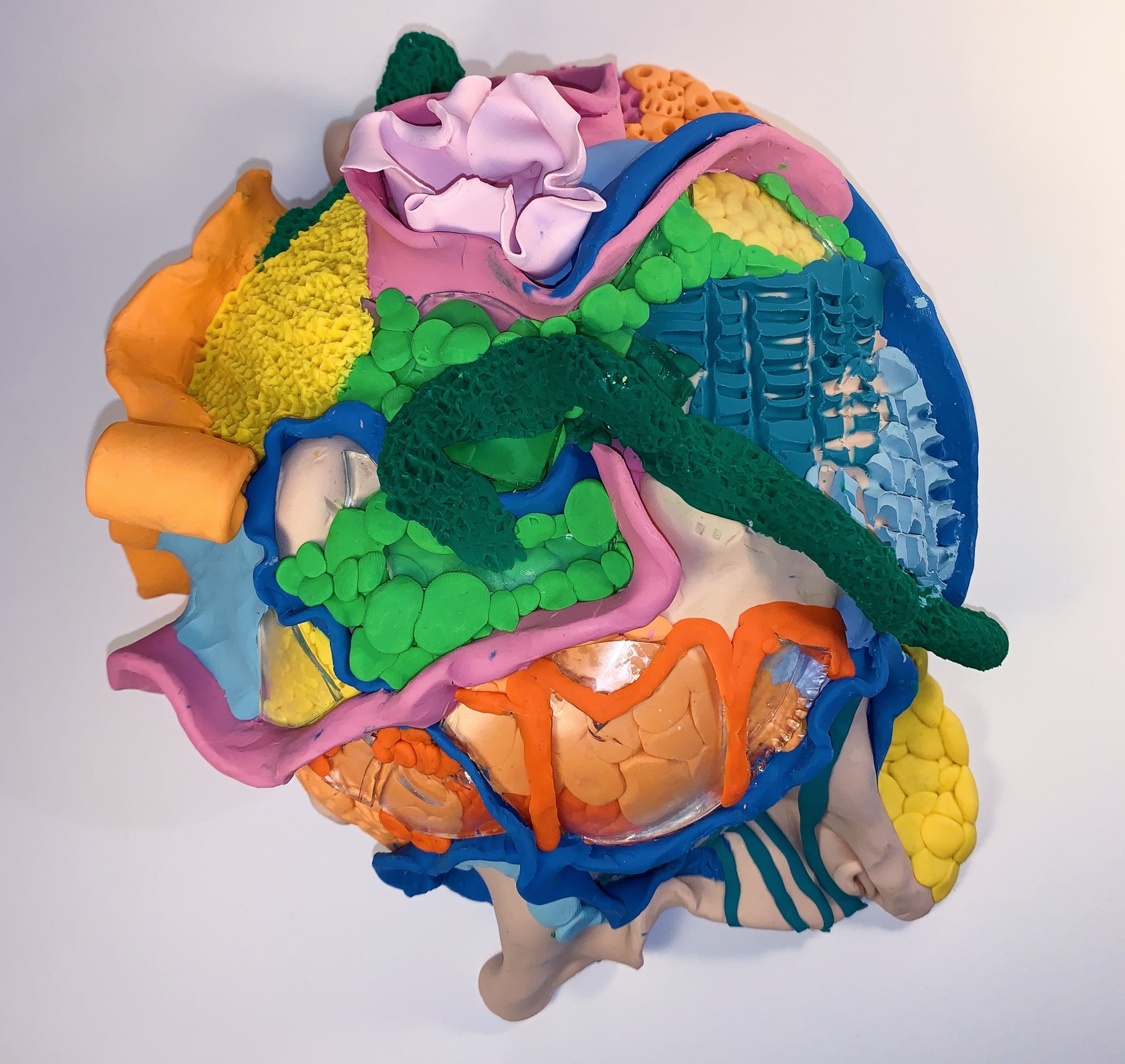
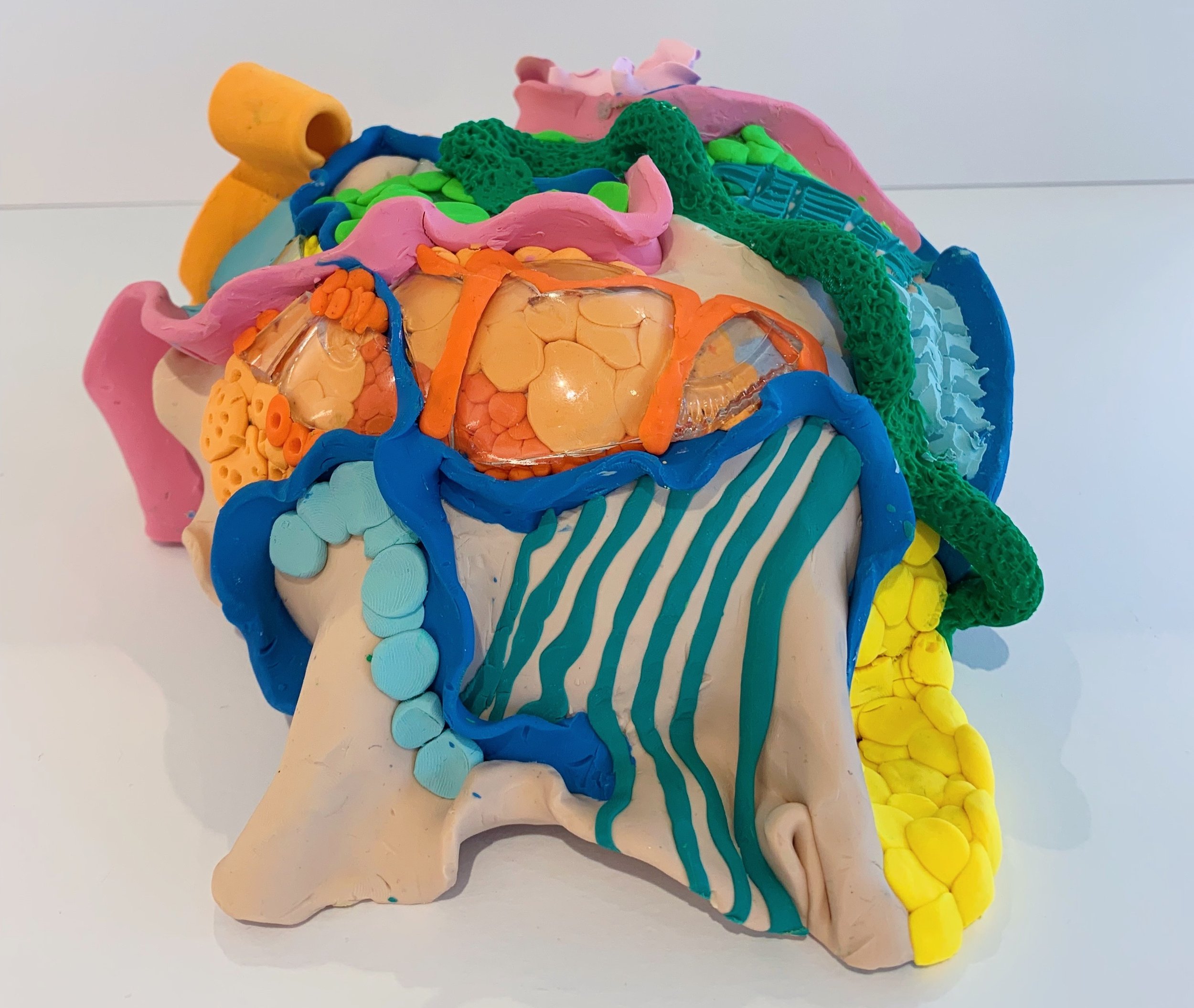
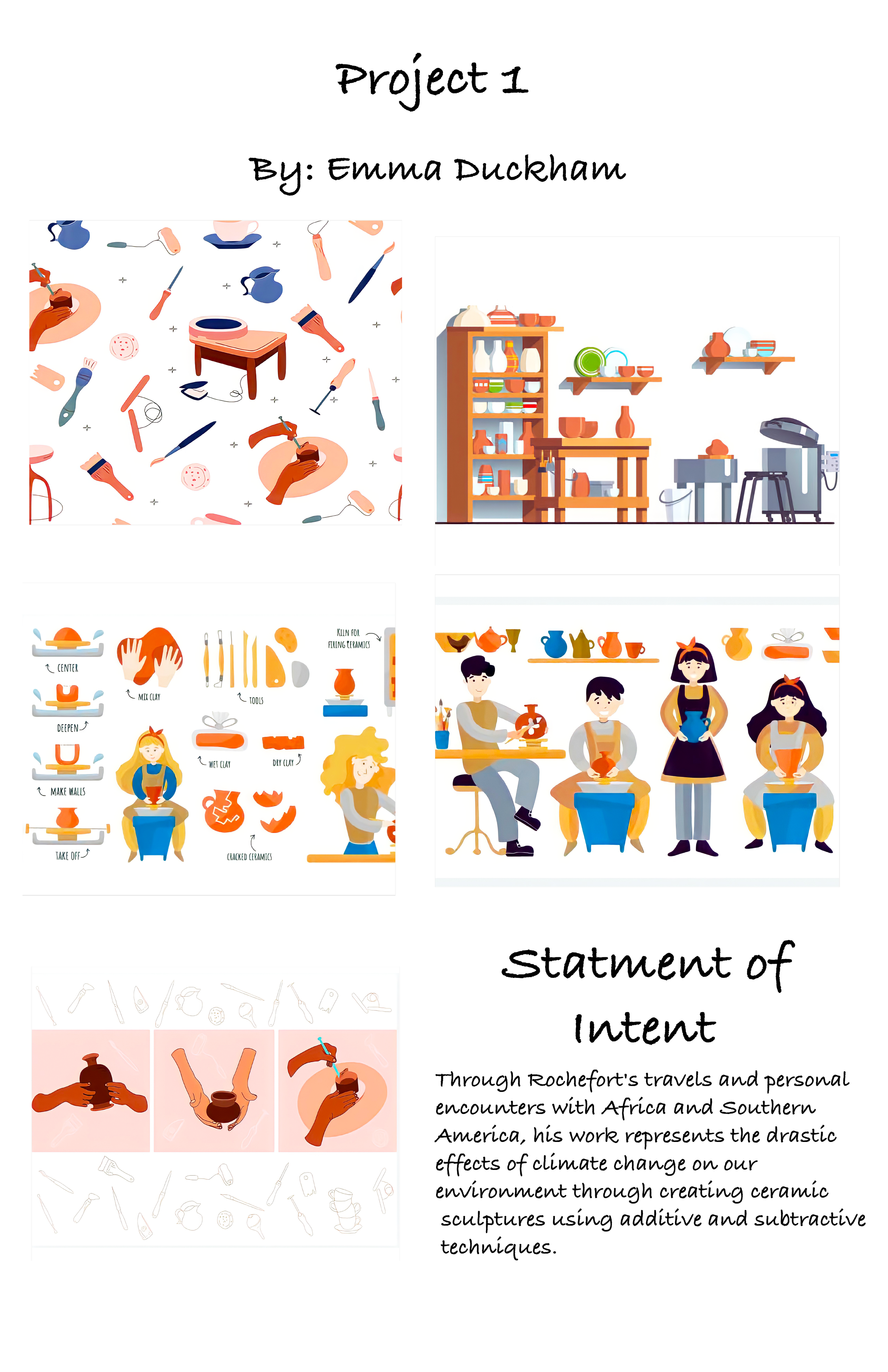
Professor Lynn Chalmers
We thought about libraries abstractly and use the term loosely, developing a design program and solution as a response to the practices that were studied in Project 1, and site analysis in Project 2.
This studio considered the intent of design from the inside out. We began with the body, understanding values, needs, and identities as the precursor to the design of space. Making spaces for people means understanding the people who use them first. Then moving outward, we examined the relationship between bodies and interior space, with a focus on materiality and adaptive reuse, finally, designing a space that is reflective of future intention, and past histories.
Mya Mammana
Library of Practices
The library of practices engages and educates the community while reflecting on the processes of two artists, a glassblower and comic book artist. The building located at 266 N Water Street Kent, Ohio is funded by the Kent State University School of Art as this is a space for art students, as well as any students, visitors, or aspiring artists to come view the work or speak to the artists. While considering the unique flow, organic, and natural movements in the process of making glass, this space was designed with details focusing on exploring movement. The library of practices educates the community about the artists’ processes, while expressing a narrative through displayed pieces of the artists’ work. The goal of the space was to use natural and artificial light to celebrate the properties of the artists’ work and explore the translucent properties of glass with the outcomes it creates.










Alaina Roth
Library of Practices
For the Library of Practices, my focus was to make a very inviting space while still following my guidelines from the previous project. I was to develop a space that was inspired by the techniques and values from a professional wood carving artist. I did that by incorporating as much repurposed, natural wood into the space as I could without it becoming overwhelming. I also created a floor plan that invited the public to explore not only the gallery of the building, but the artists' spaces as well. I wanted my Library of Practices to be open to the public to learn and observe from a wood carving artist and a stained glass artist while those artists could collaborate and work. I believe I achieved this by making a very open floor plan between the gallery/archive and the artists' work areas. My floor plan is meant to bring people together and inspire learners to observe the wood carving artist's ideas behind my material selections.
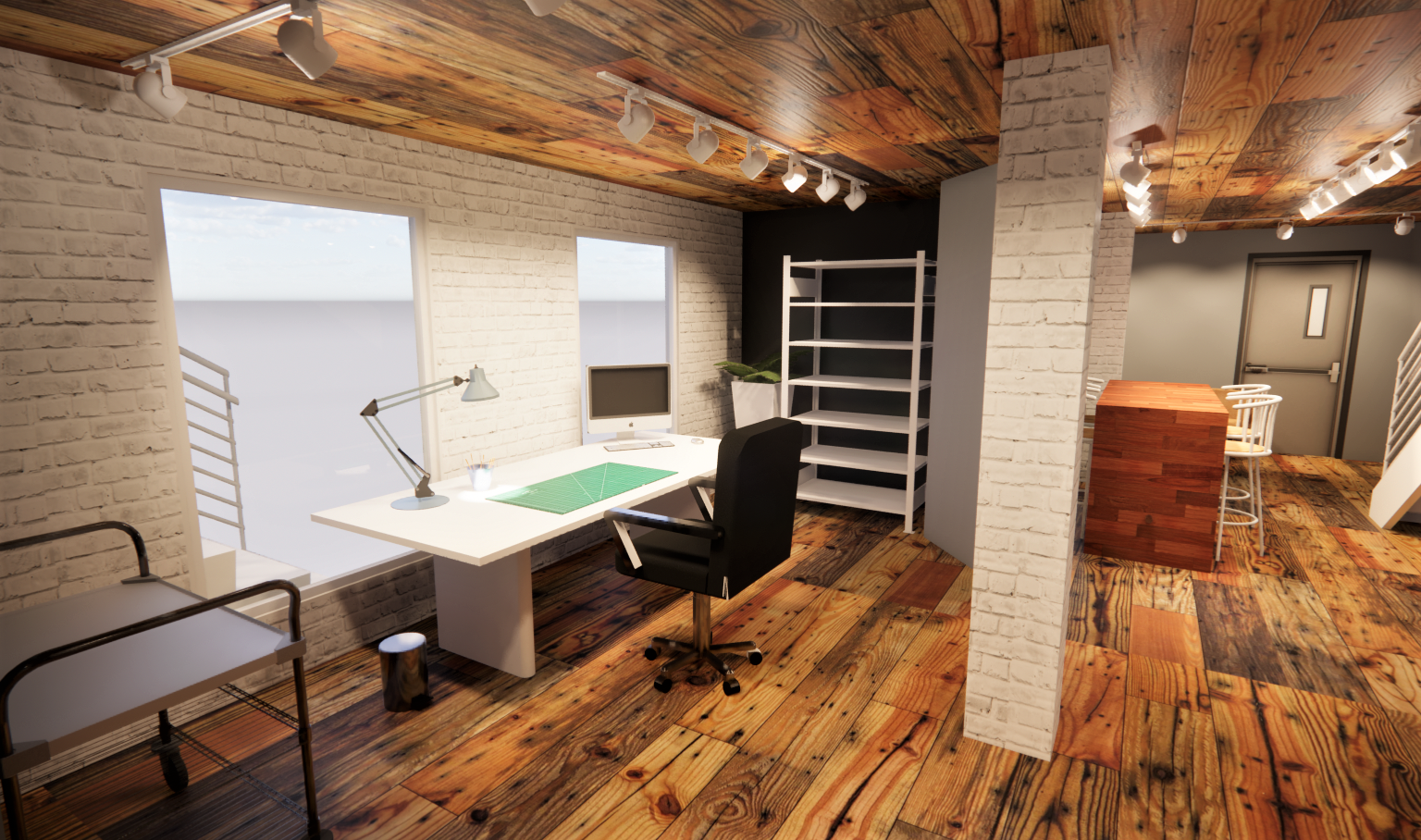
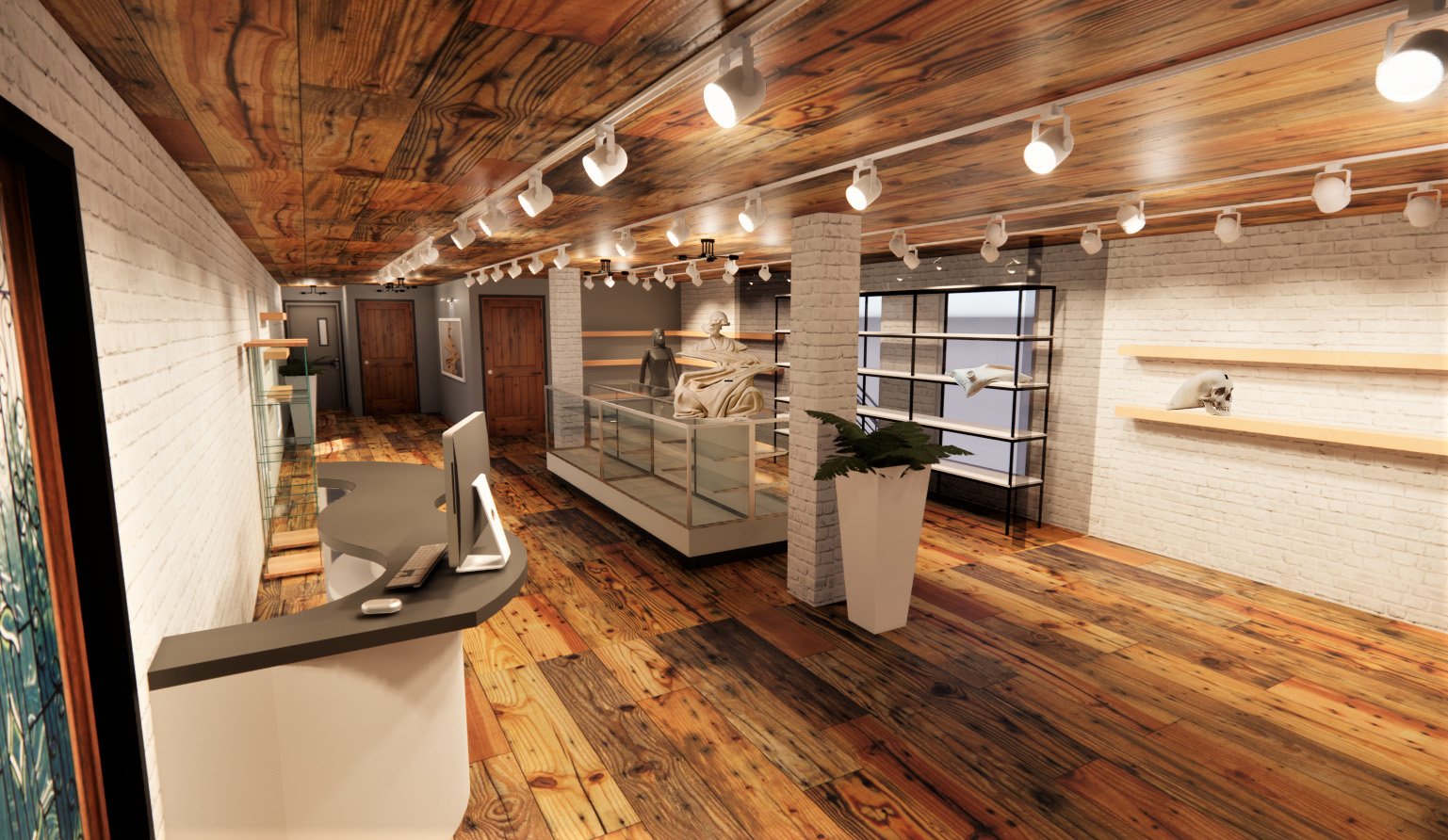
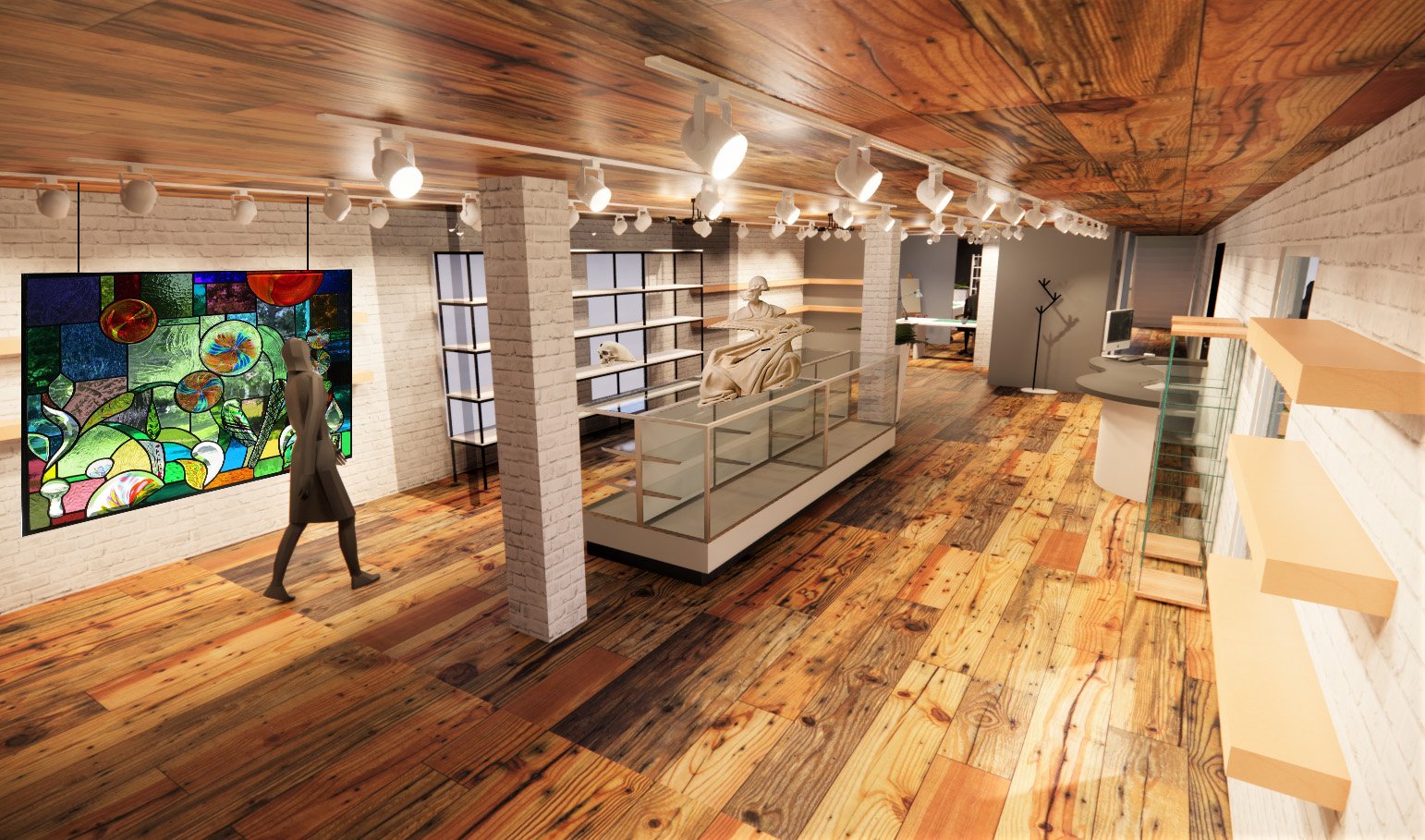
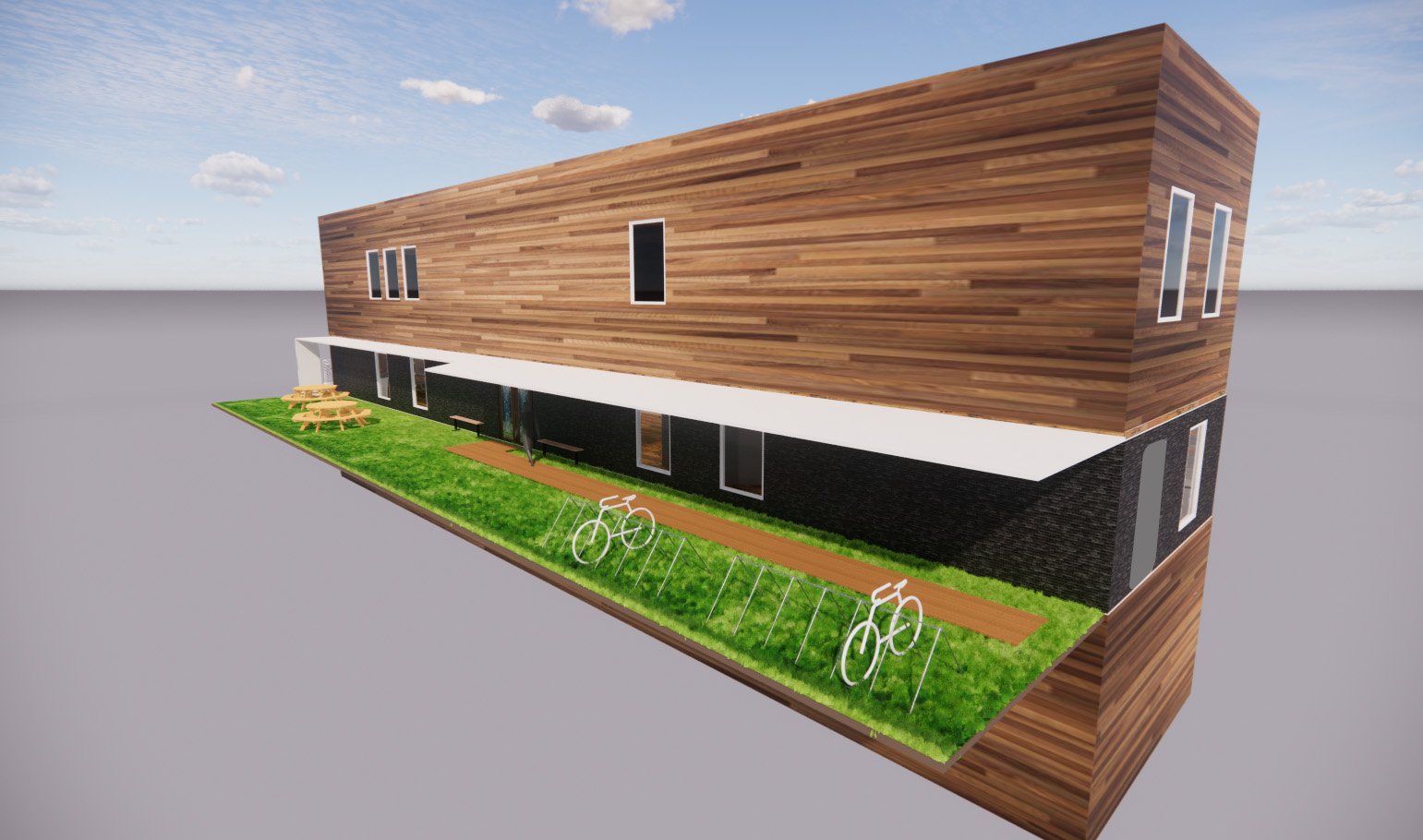
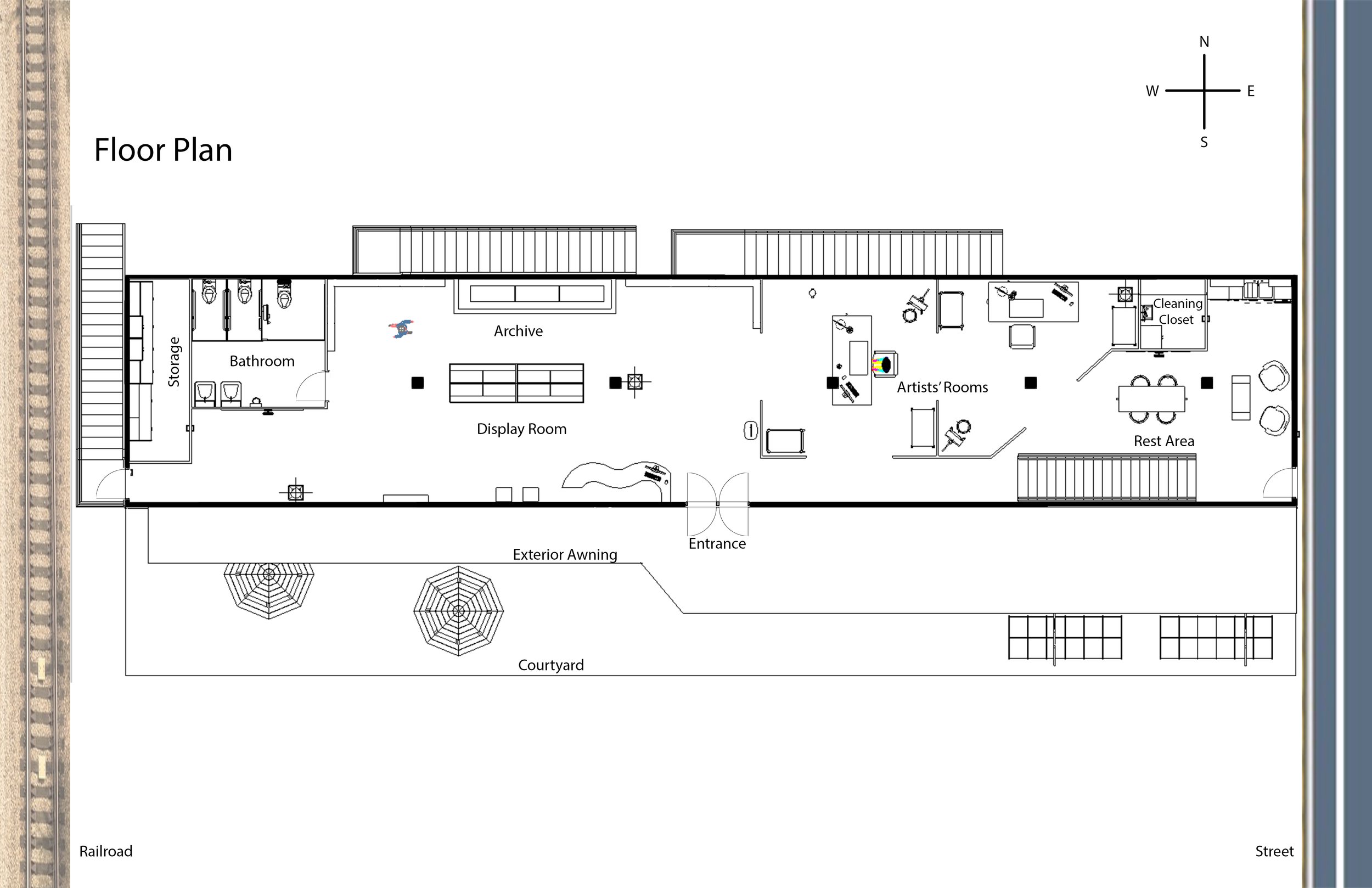
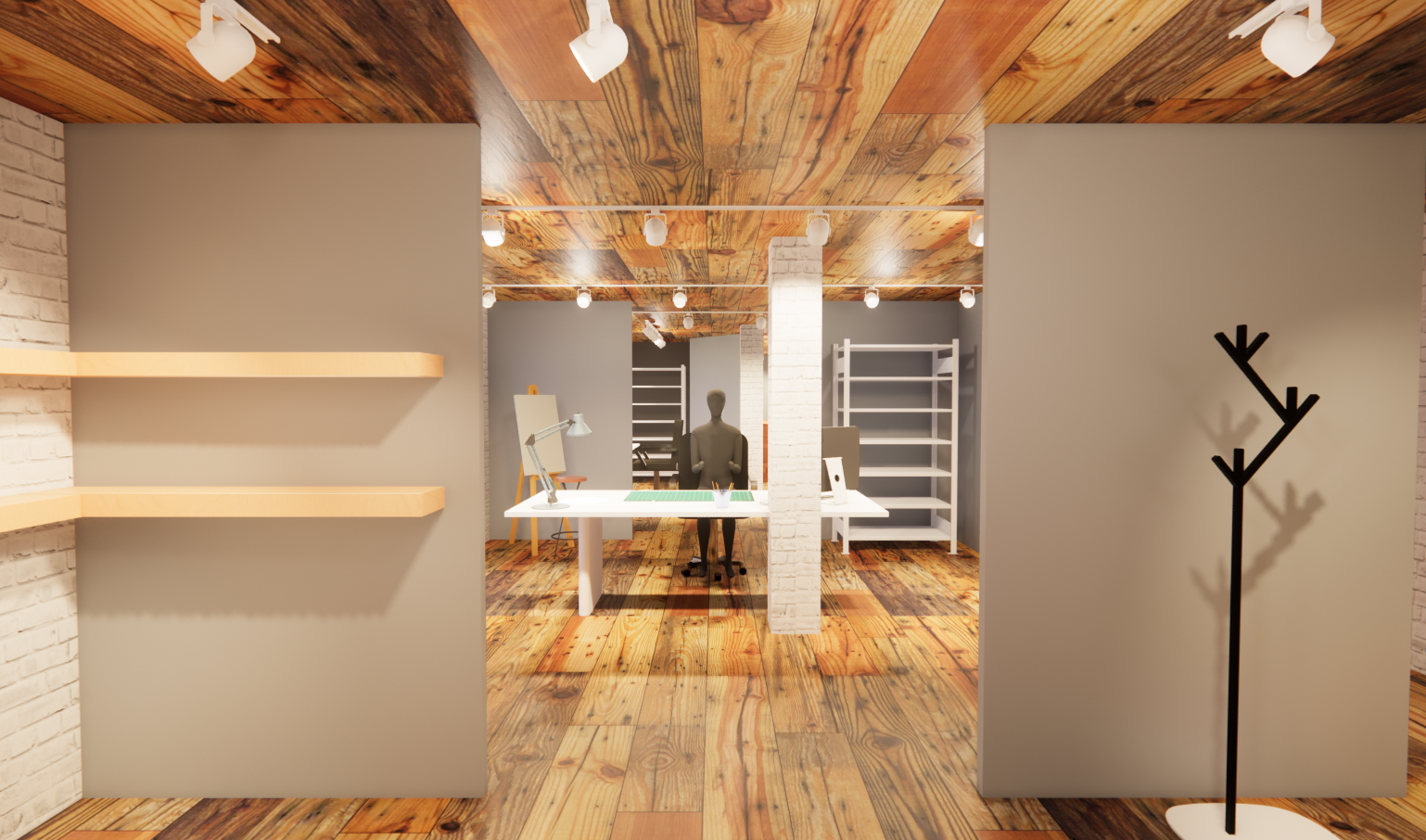
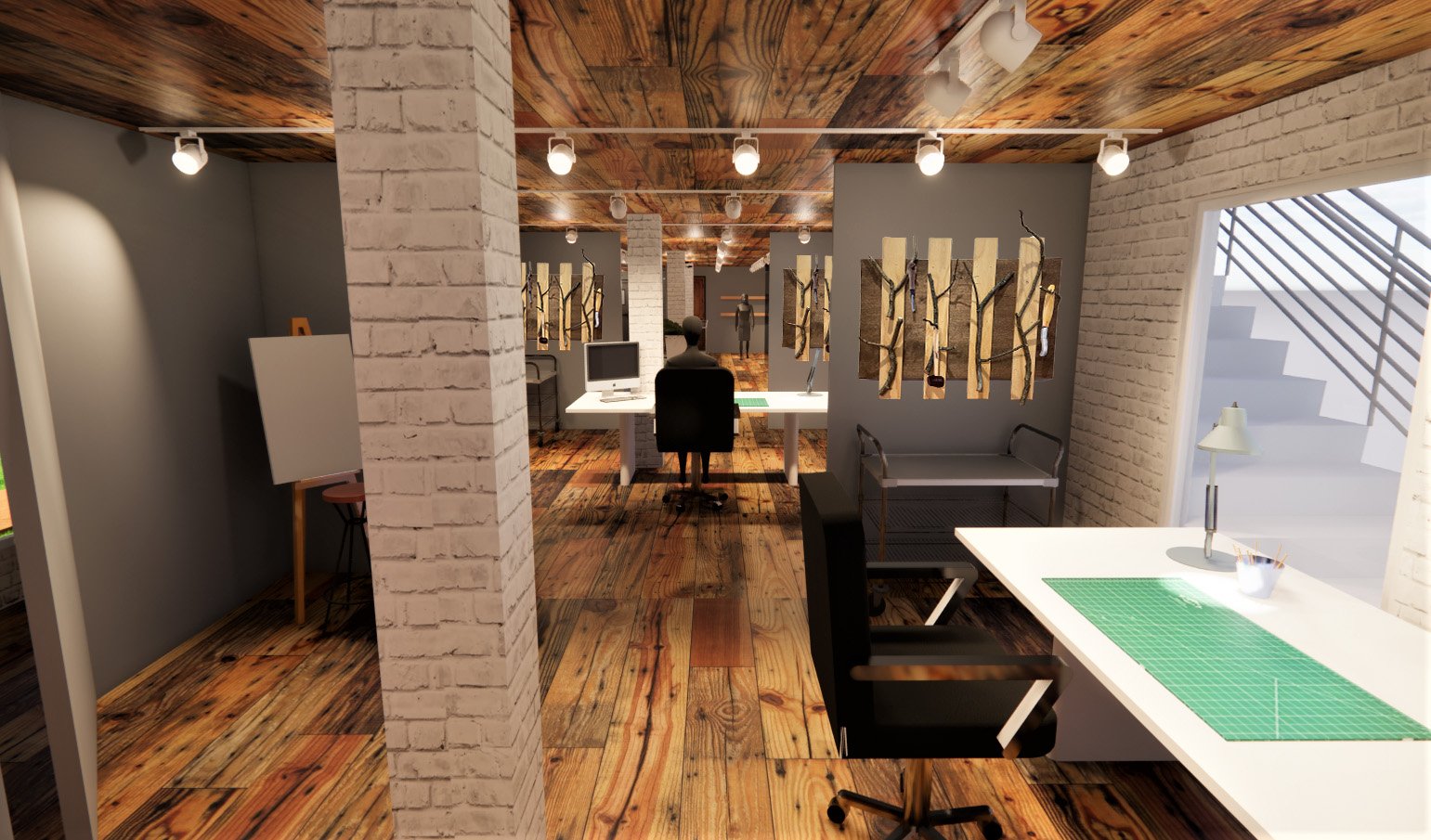

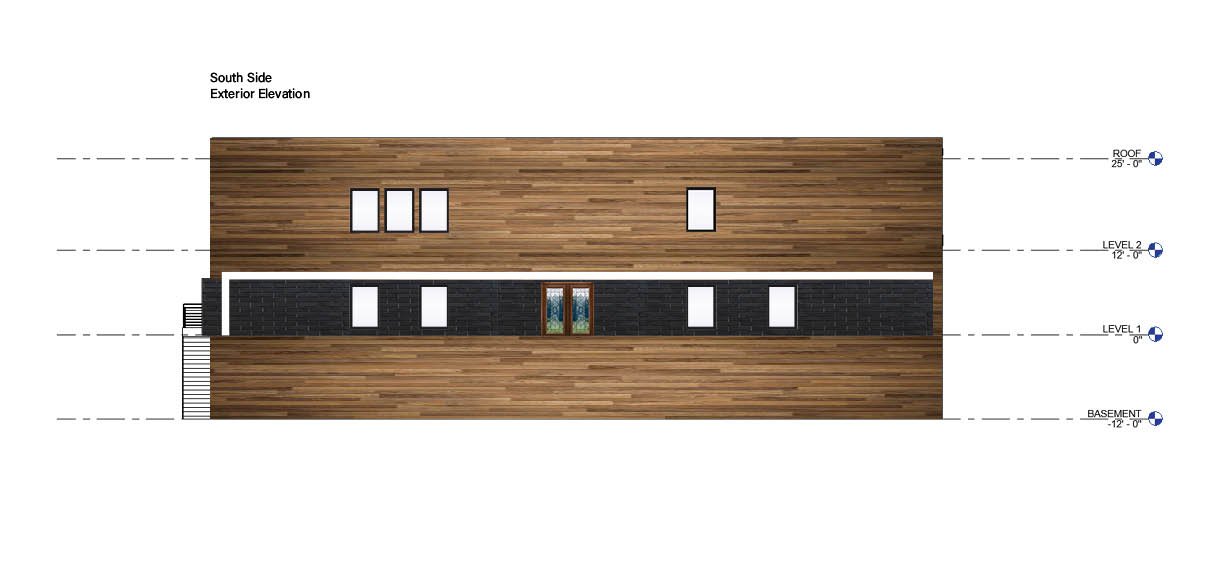
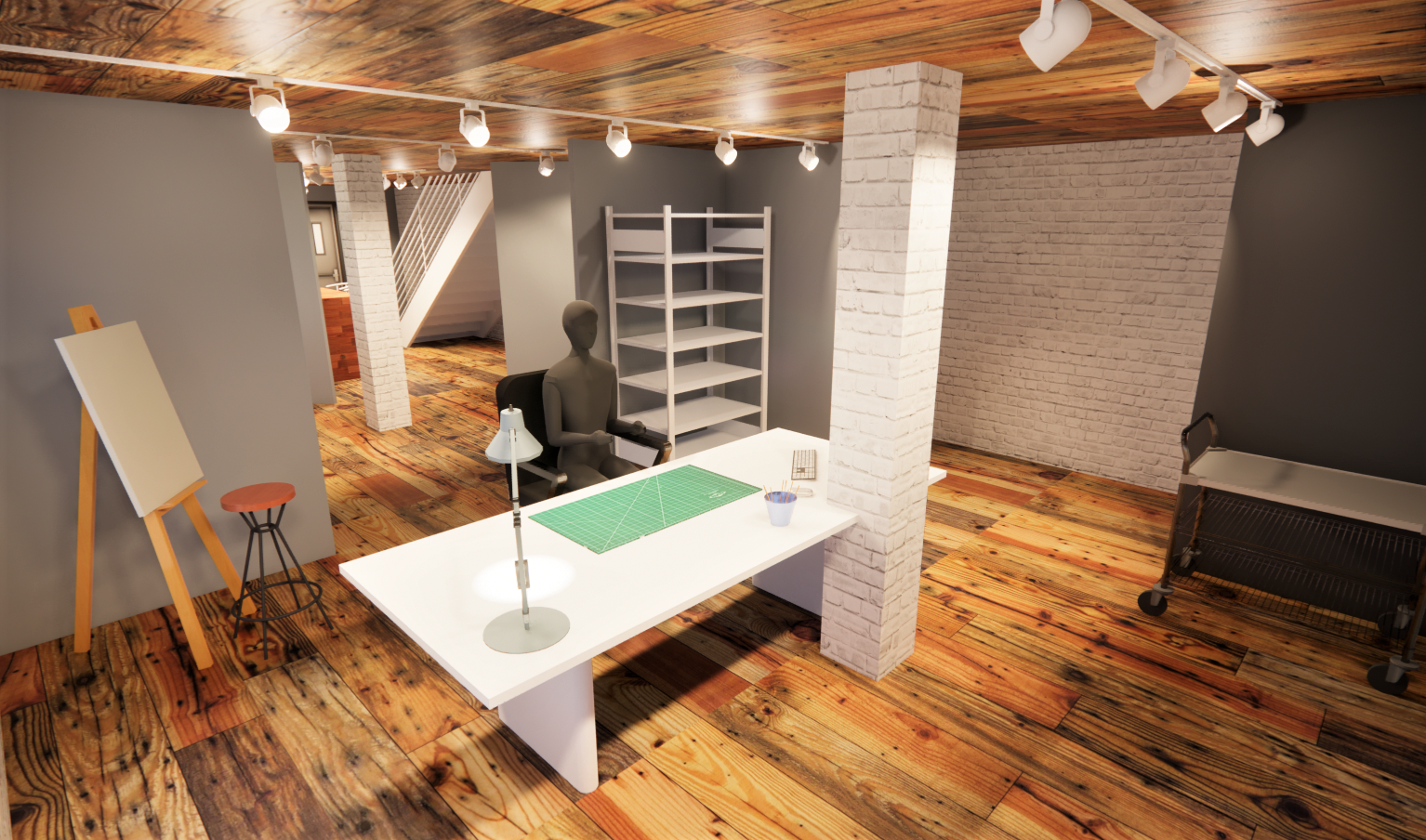
Professor Dalton Rininger Kline
This design studio builds on the foundation that students have developed in ID Foundation Studios I & II. Students engaged in making an idea and developing an understanding of materials, joints, assembly, and their interrelationships. The studio focused on an understanding of the room in the context of interior design with an emphasis on the design process, creative thinking, and student agency (analysis, iteration, evaluation, and group credits). Throughout the semester students gained familiarity with both analog and digital tools that are part of resilient design.
The Studio was broken down into 3 modules. The students spent the semester addressing one program and one site. The students were required to design a Library of Practice in an existing building. Module One focused on research on what a library of practice could be and was craft/skill they would focus on. Then the students were asked to translate the gathered information into data that can inform interior space. Module Two focused on the analysis and documentation of an existing historic site in Kent, Ohio. Students were asked to study the context of the site through mapping exercises, along with using anthropomorphic and detailed studies to understand the building character.
Finally, Module Three, asked the students to culminate their studies into a design solution. This was executed by asking students to first start out studying the idea of display. Then building upon the ideas and data from all previous steps, along with a hyper-focused understanding of the people occupying the space.
Emma Blogna
Libraries of Practice
Students were asked to focus on a particular craft and design a "library of practice" in which the craftsperson can make, store, and provide information on everything that has to do with their craft. This design was accomplished through extensive research on both the craft and the site's parameters.
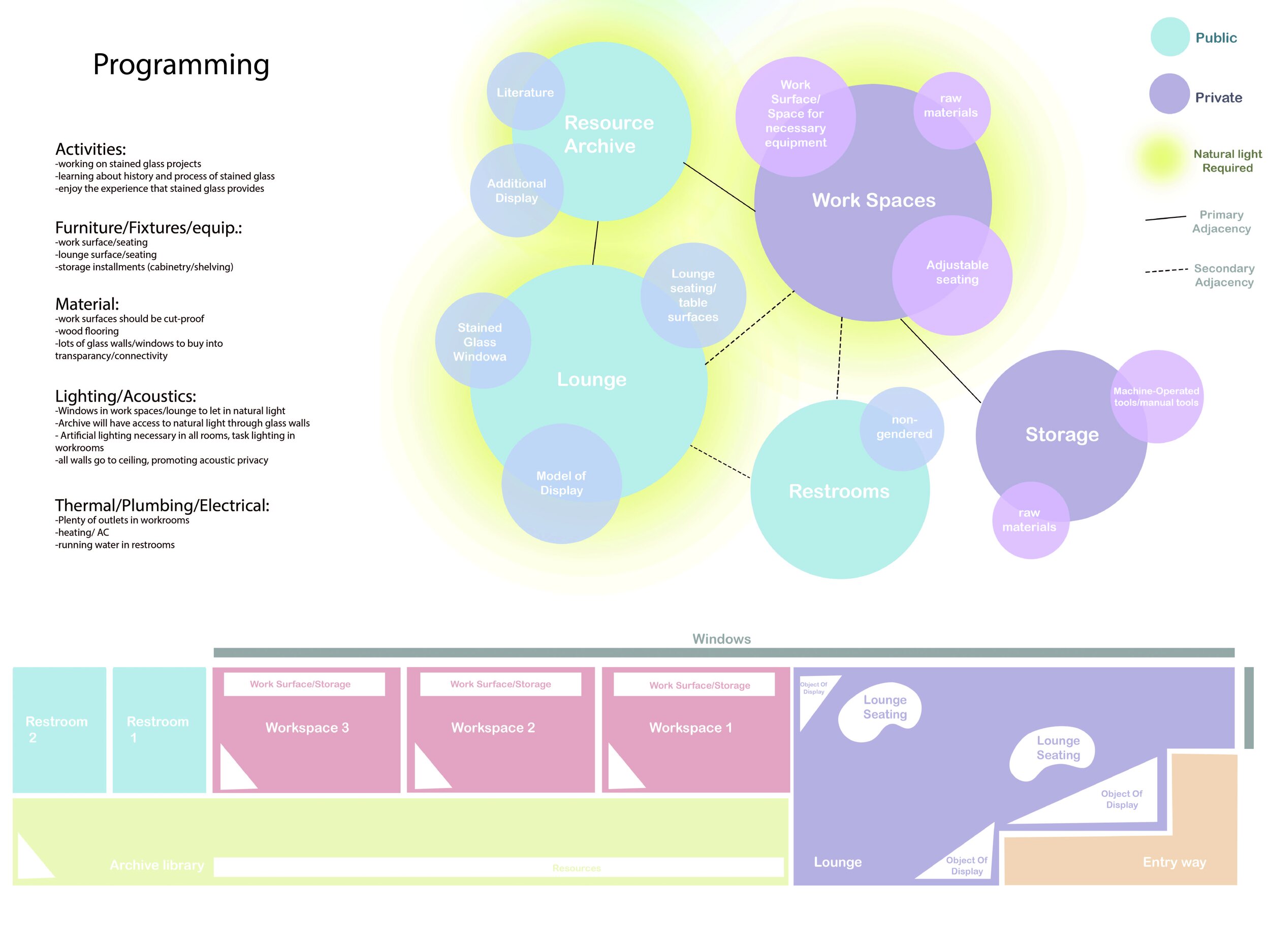
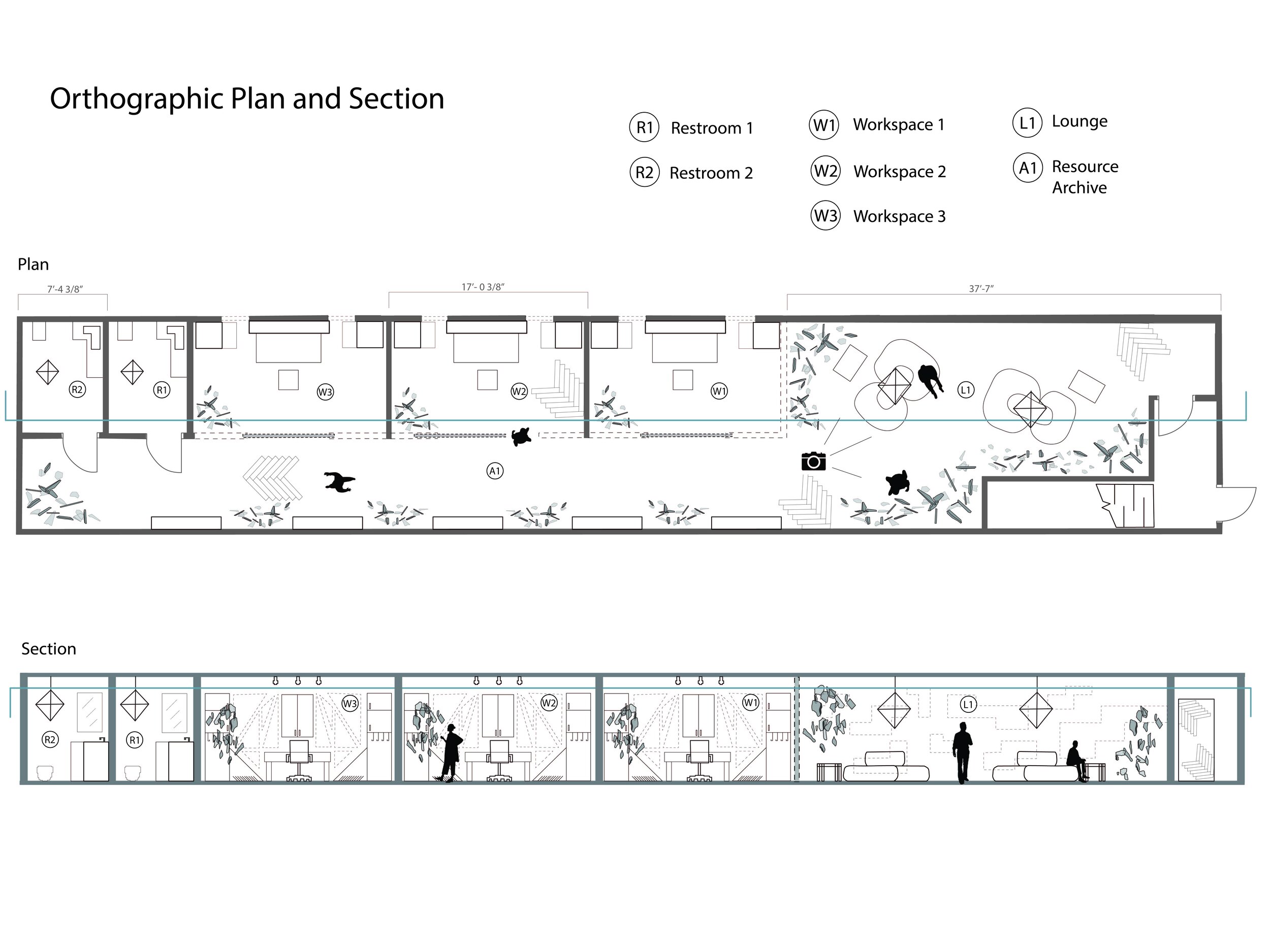
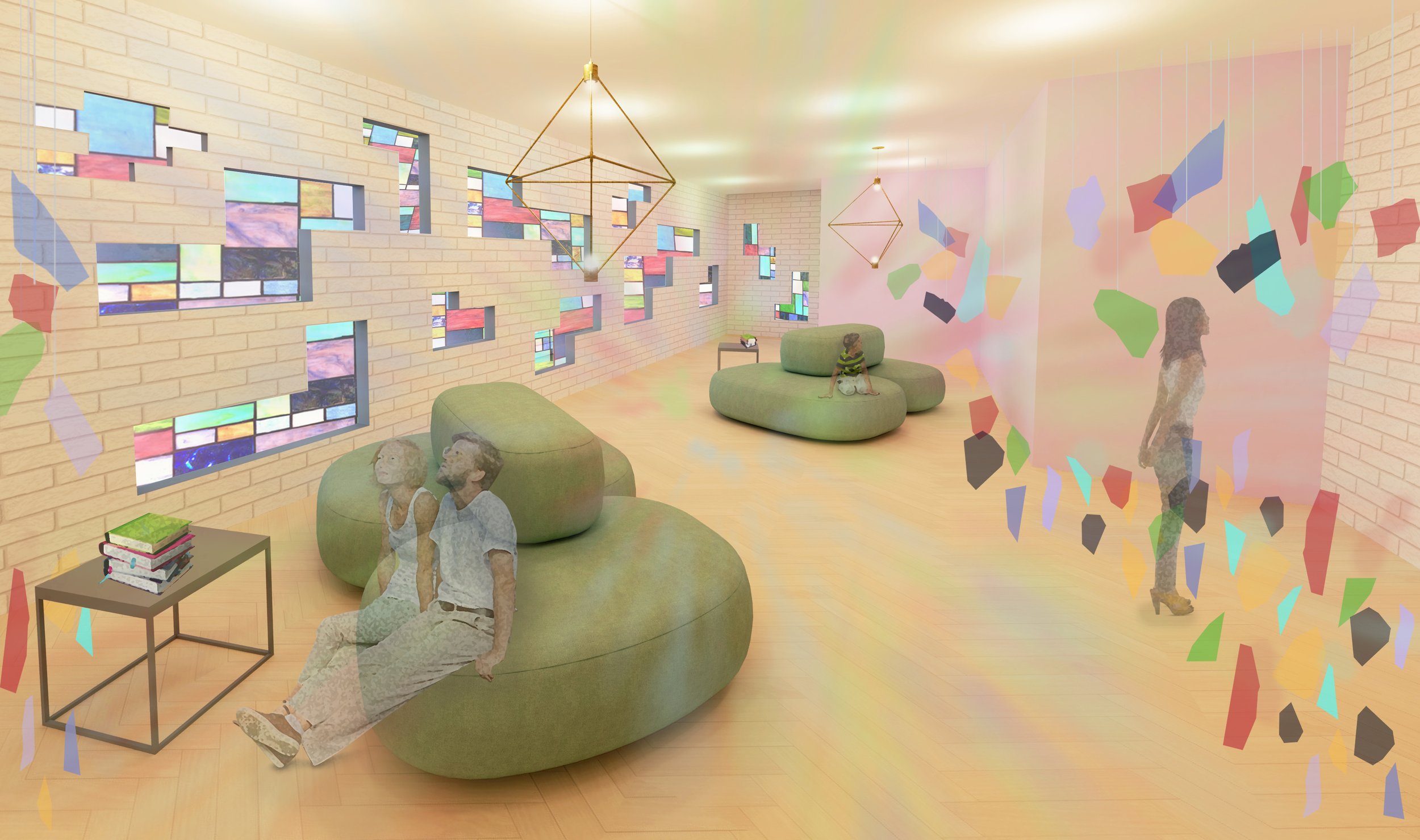
Clarissa Plassman
Research and Development
Throughout the semester, we were asked to do in-depth research about a specific craft performed by an artisan. I chose to design for a taxidermist. Taxidermy is the art of preserving an animal for display or study. After learning about the chosen craft, my fellow students and I were expected to take our findings and develop a design concept within an existing space located in Kent, Ohio.
We toured the dilapidated site and gathered information about the building and the surrounding area. Using former research, I created a library of practice for the local taxidermist.
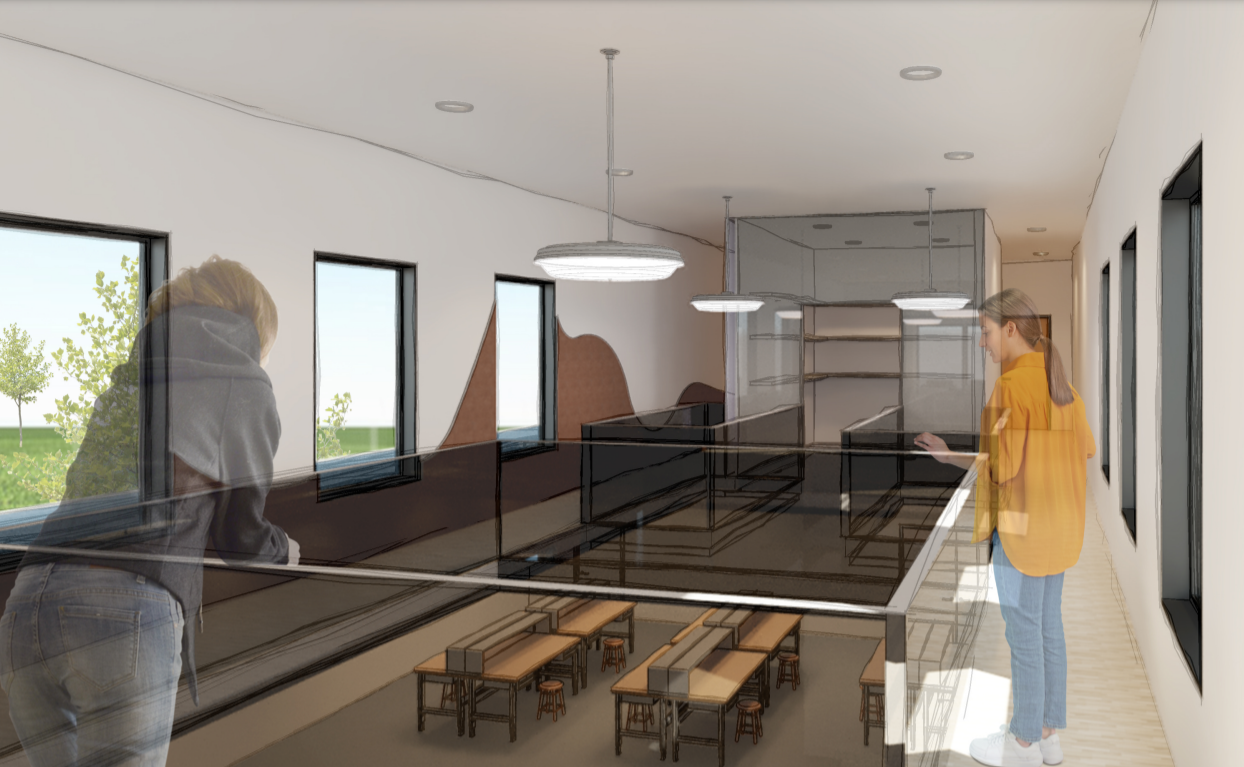
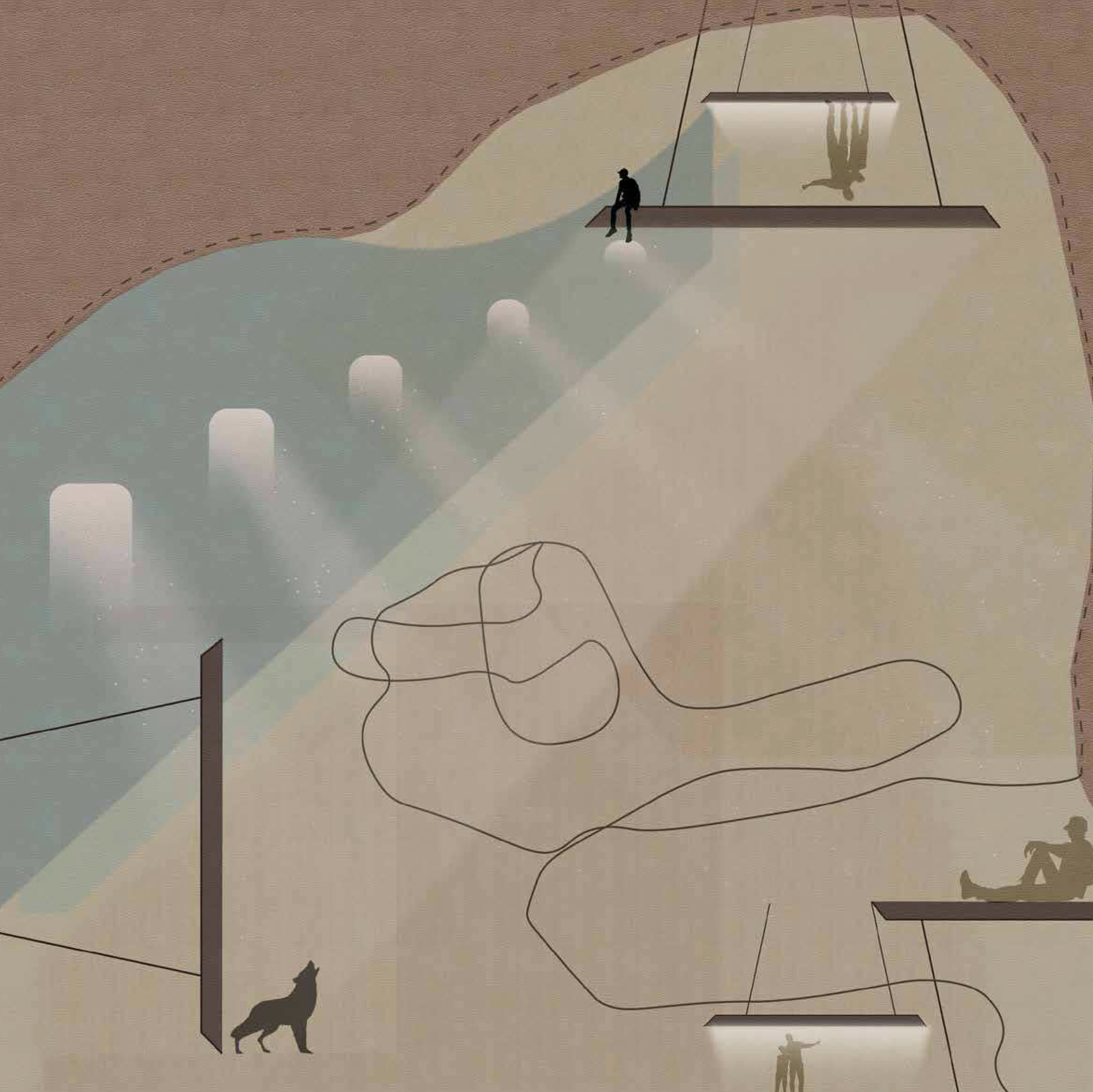
Nicole Owen
Library of Practices: Strings of Space
We were challenged to think outside the box and to create an interior space inspired by the trade/skill that we have studied in great detail. Spending lots of time studying violin luthiers, I was able to create a fun and educational space dedicated to observing and learning everything related to violins and how they are made. When visiting this location you will be able to watch luthiers working on violins in real-time, the history of the violin, look at historic artifacts, and end your experience with a lounge filled with numerous violin-related resources.
The building we were given to remodel was 266 N. Water St. in Kent, OH. This building has an extreme amount of potential and I wanted to portray that in this project.
